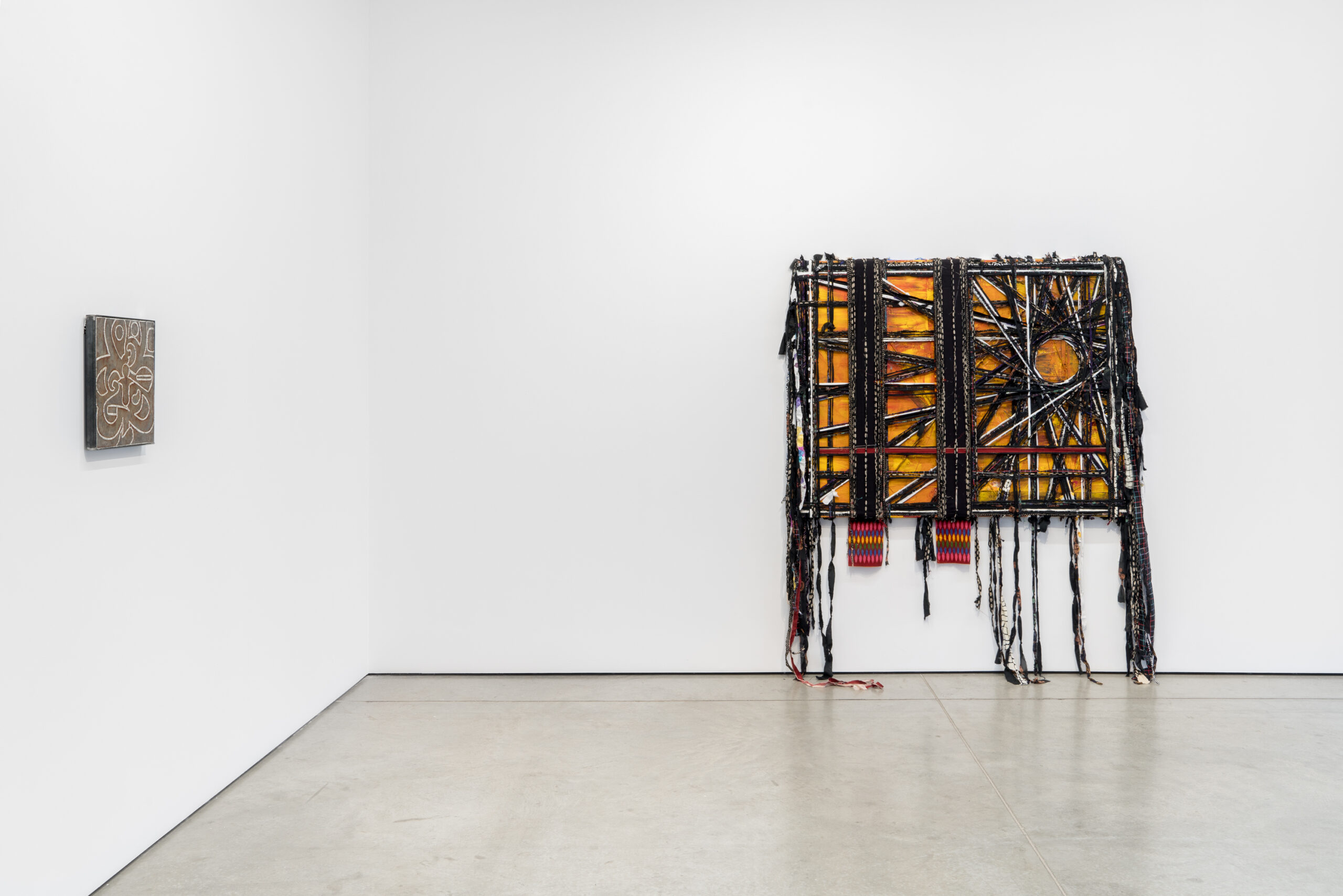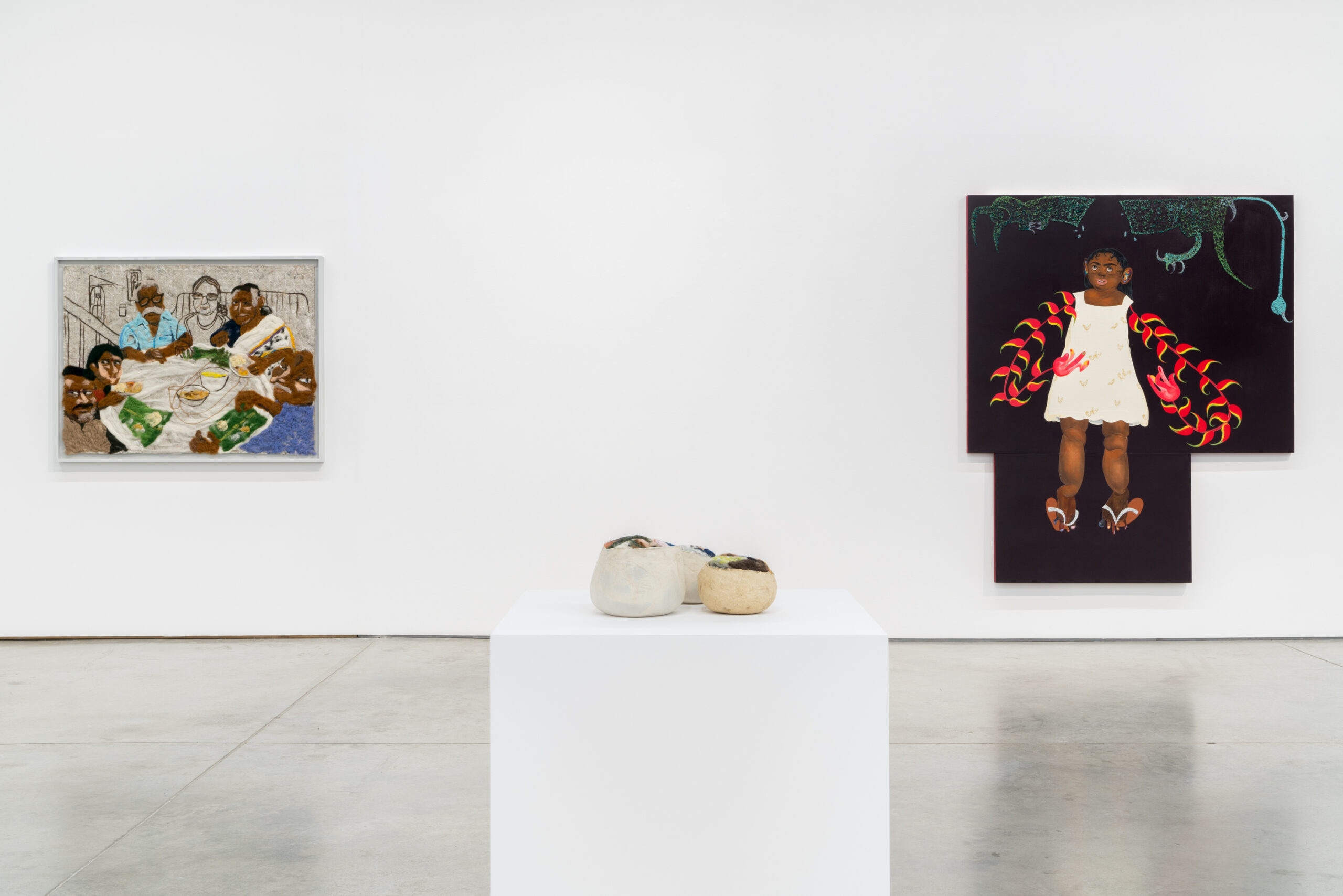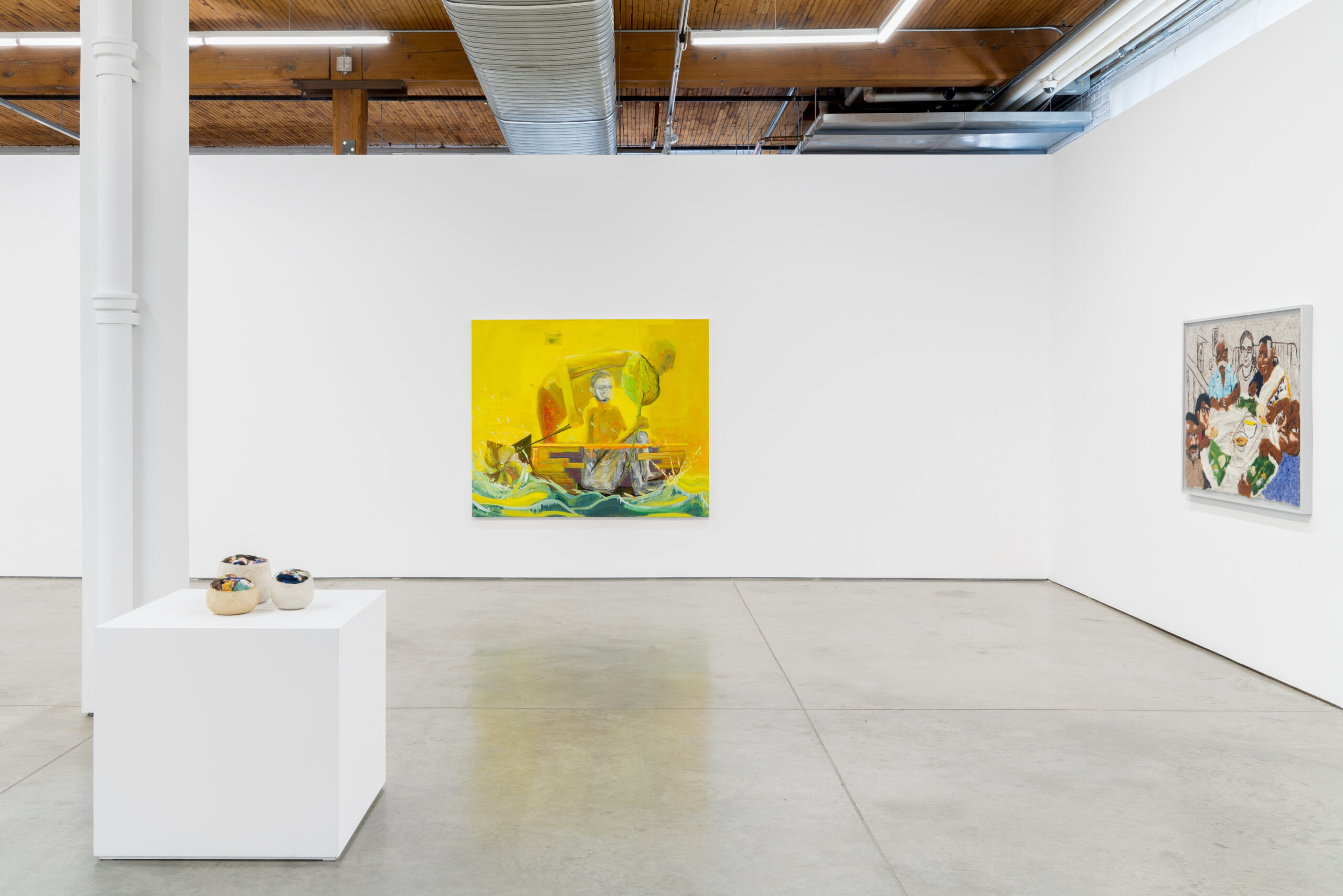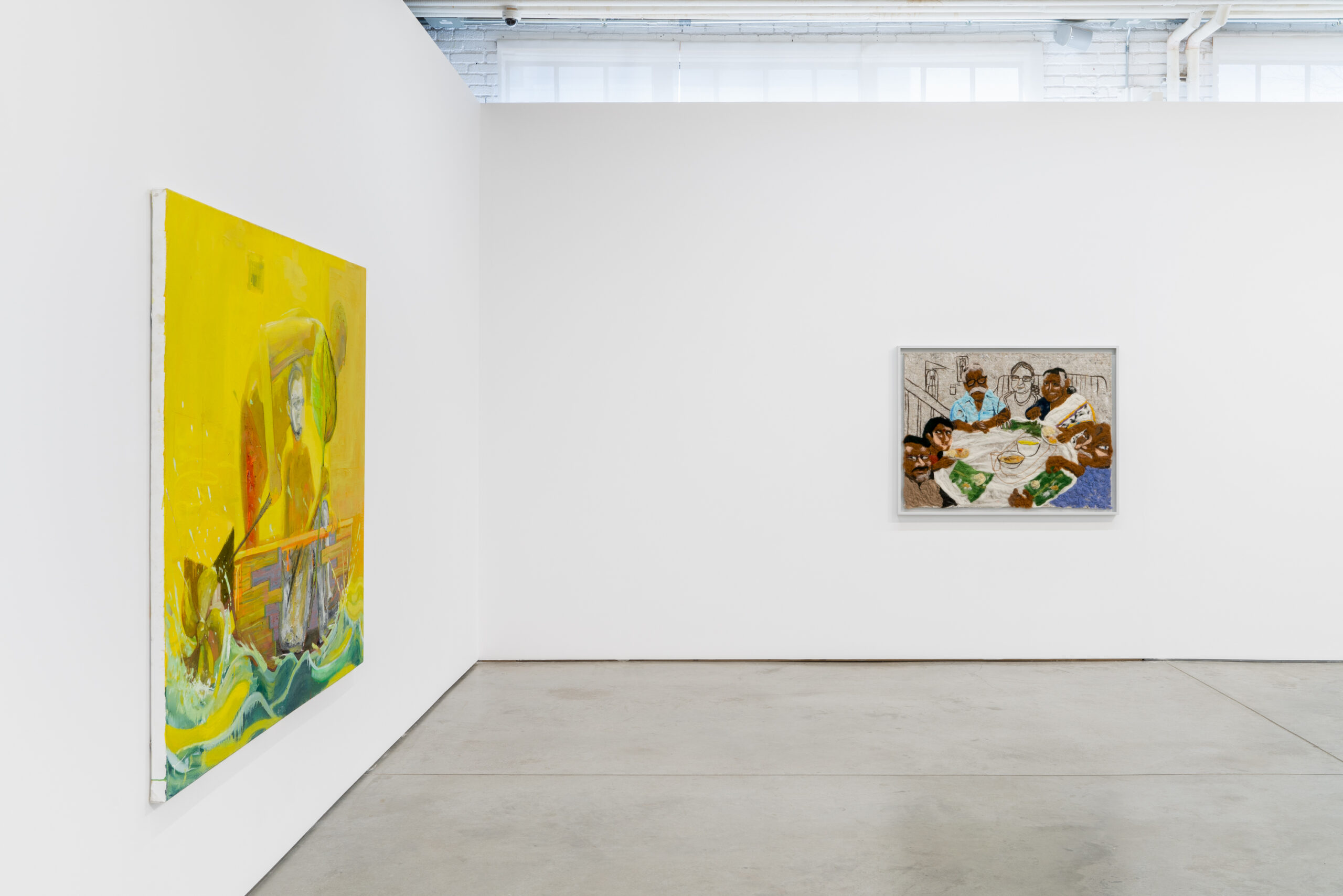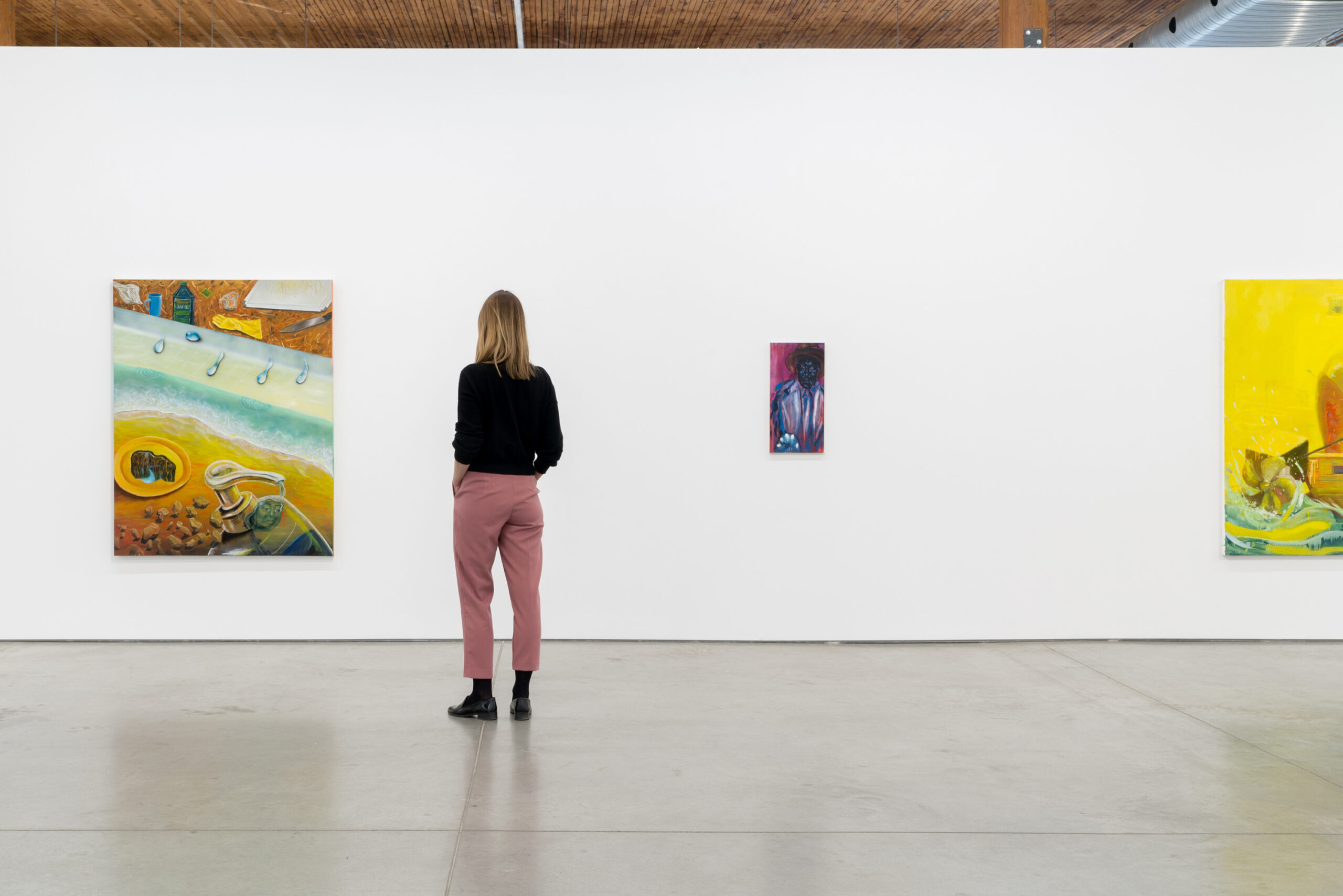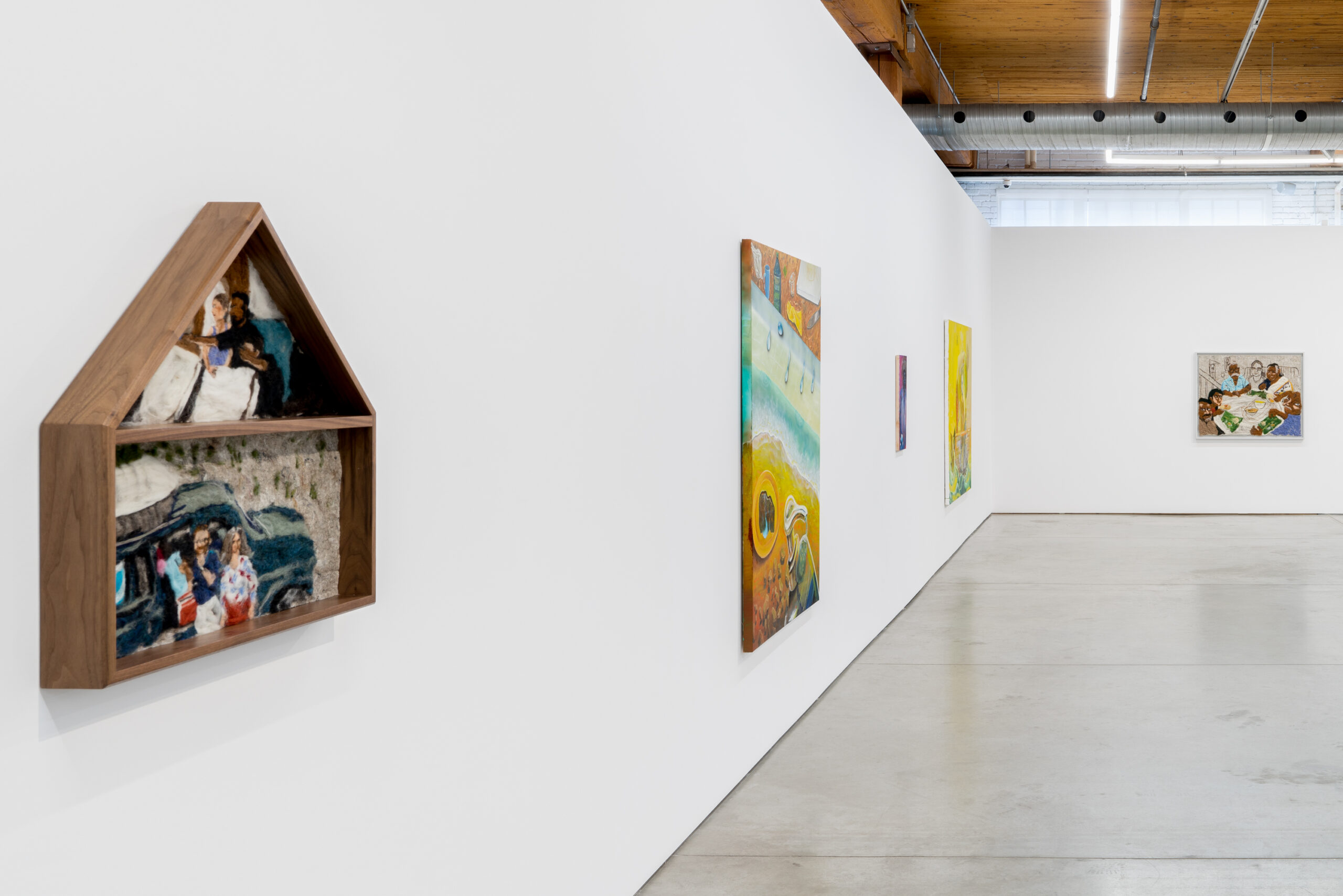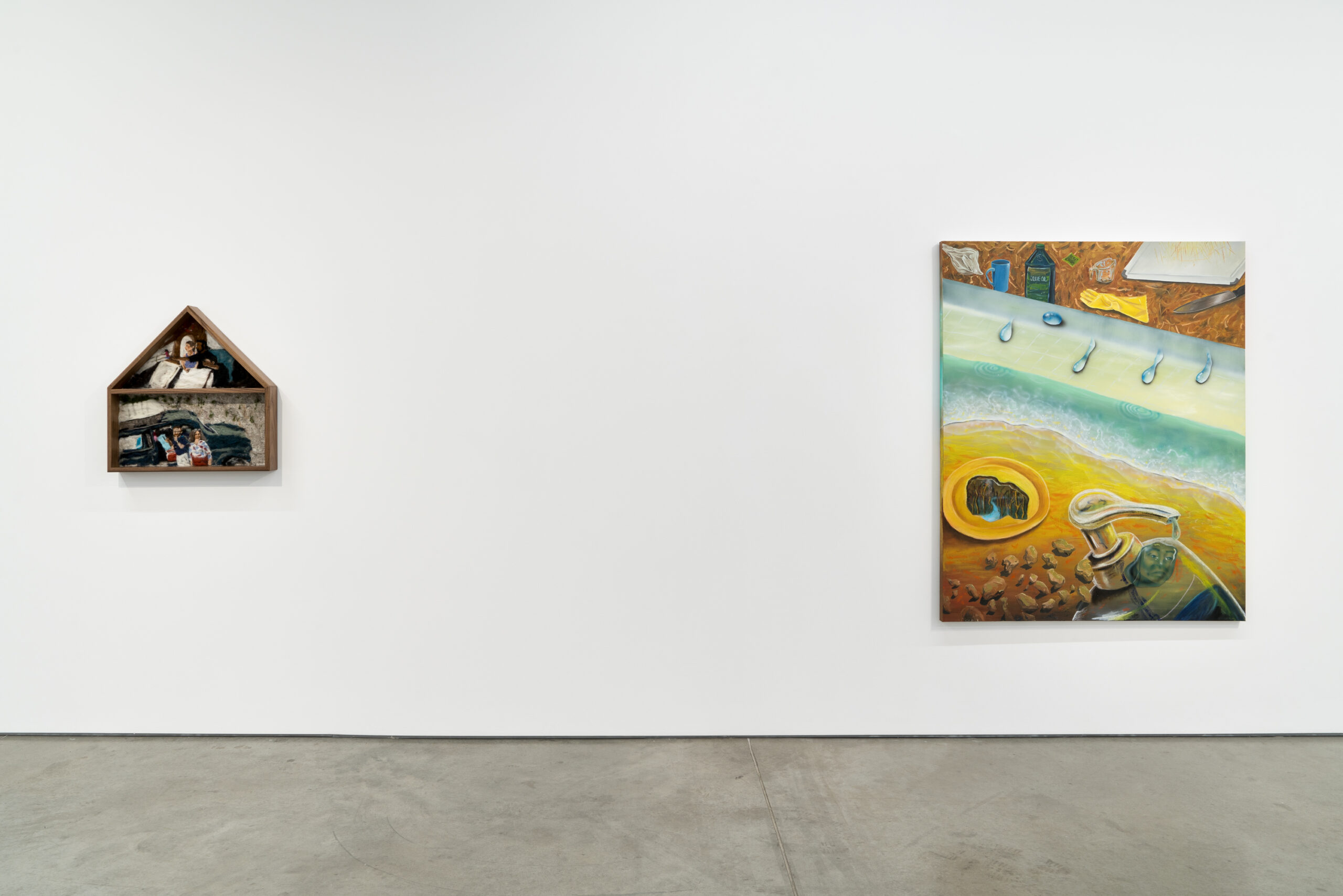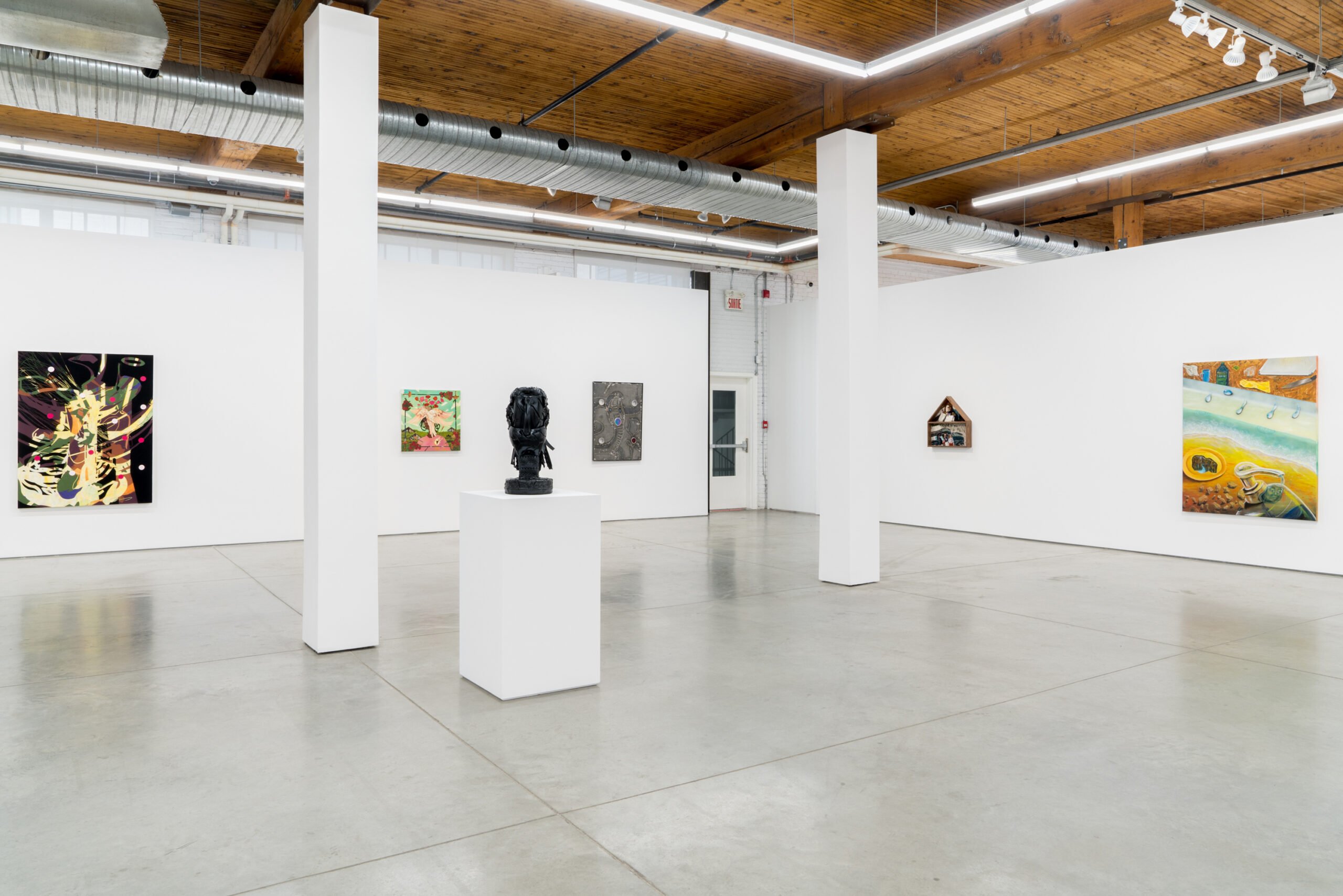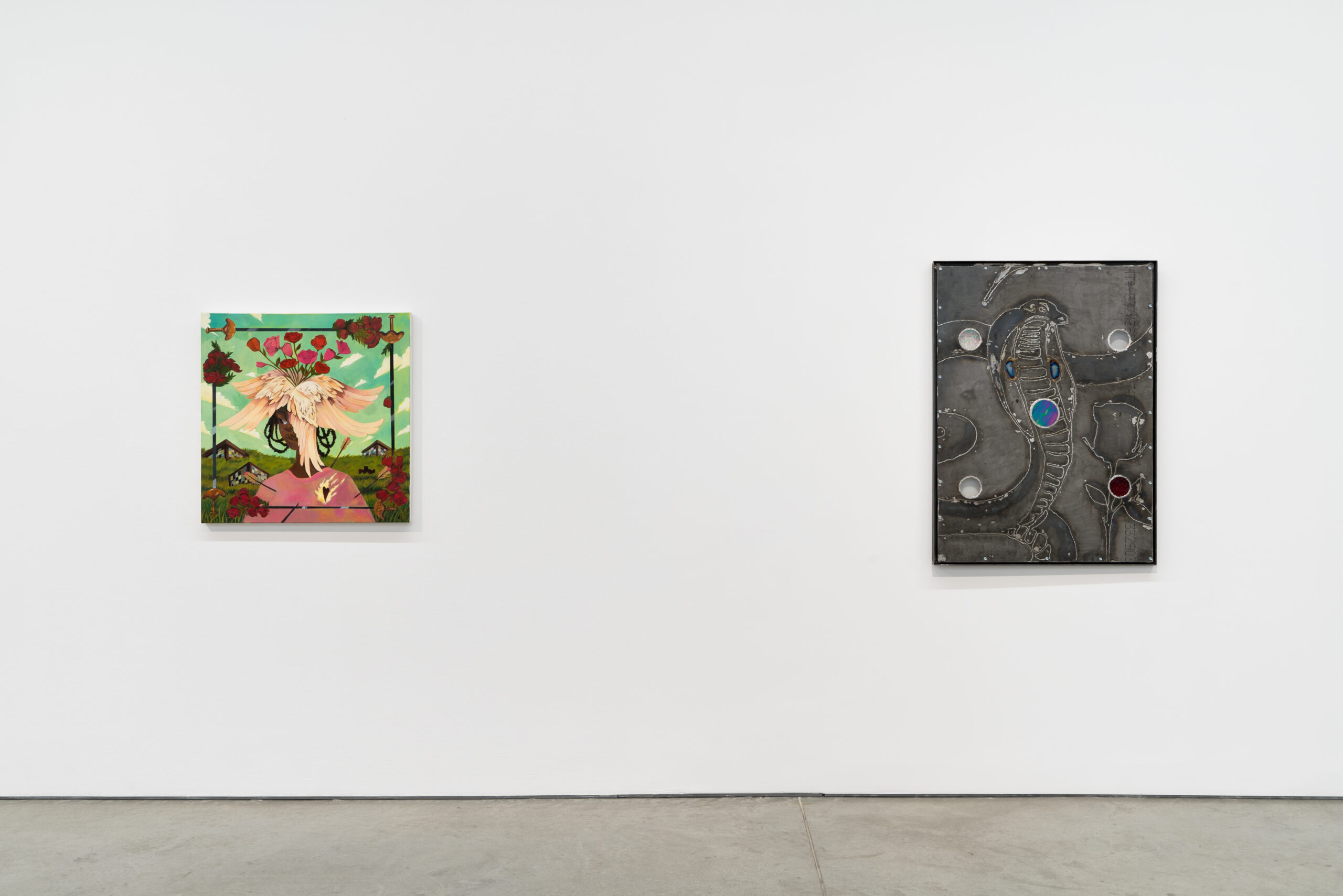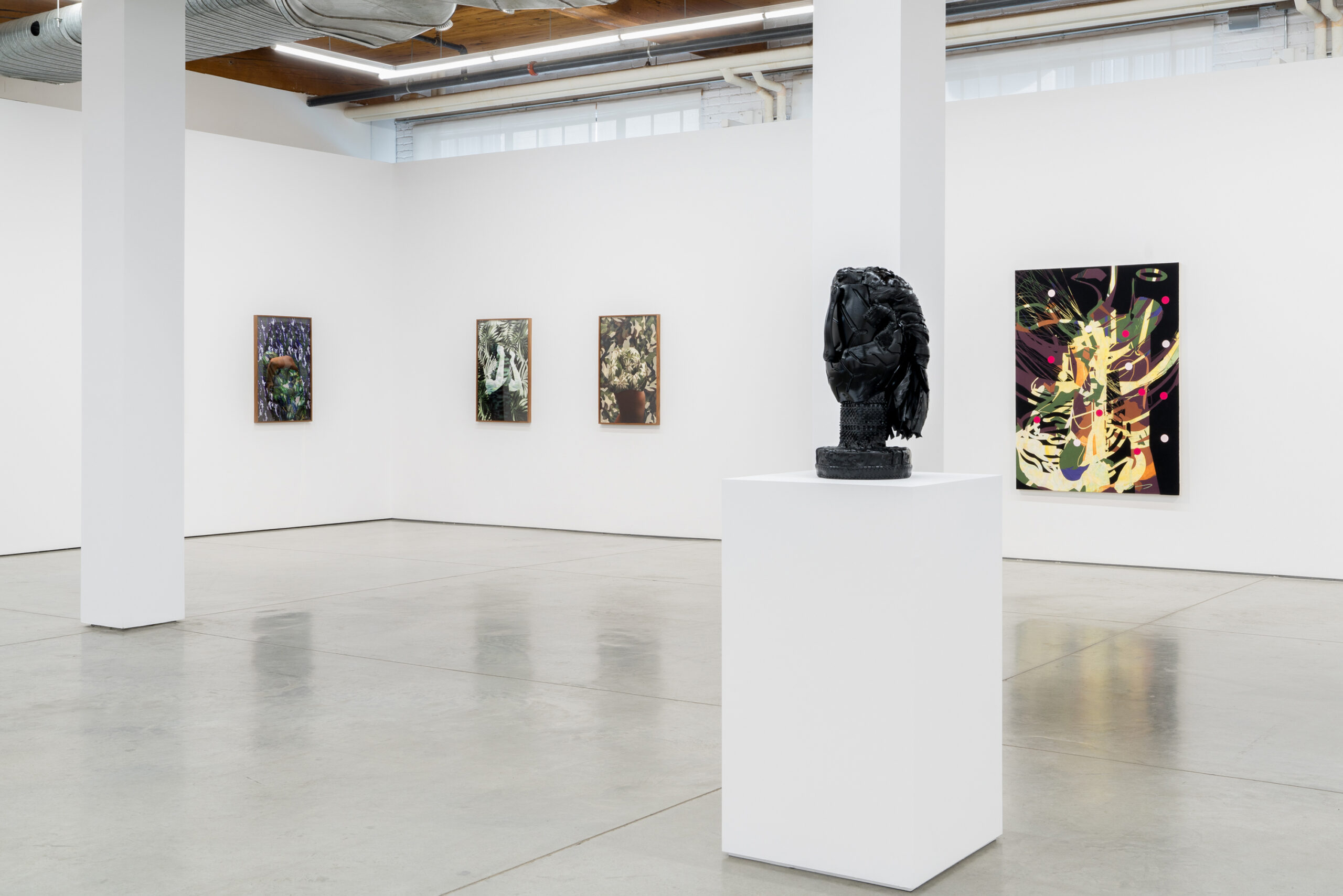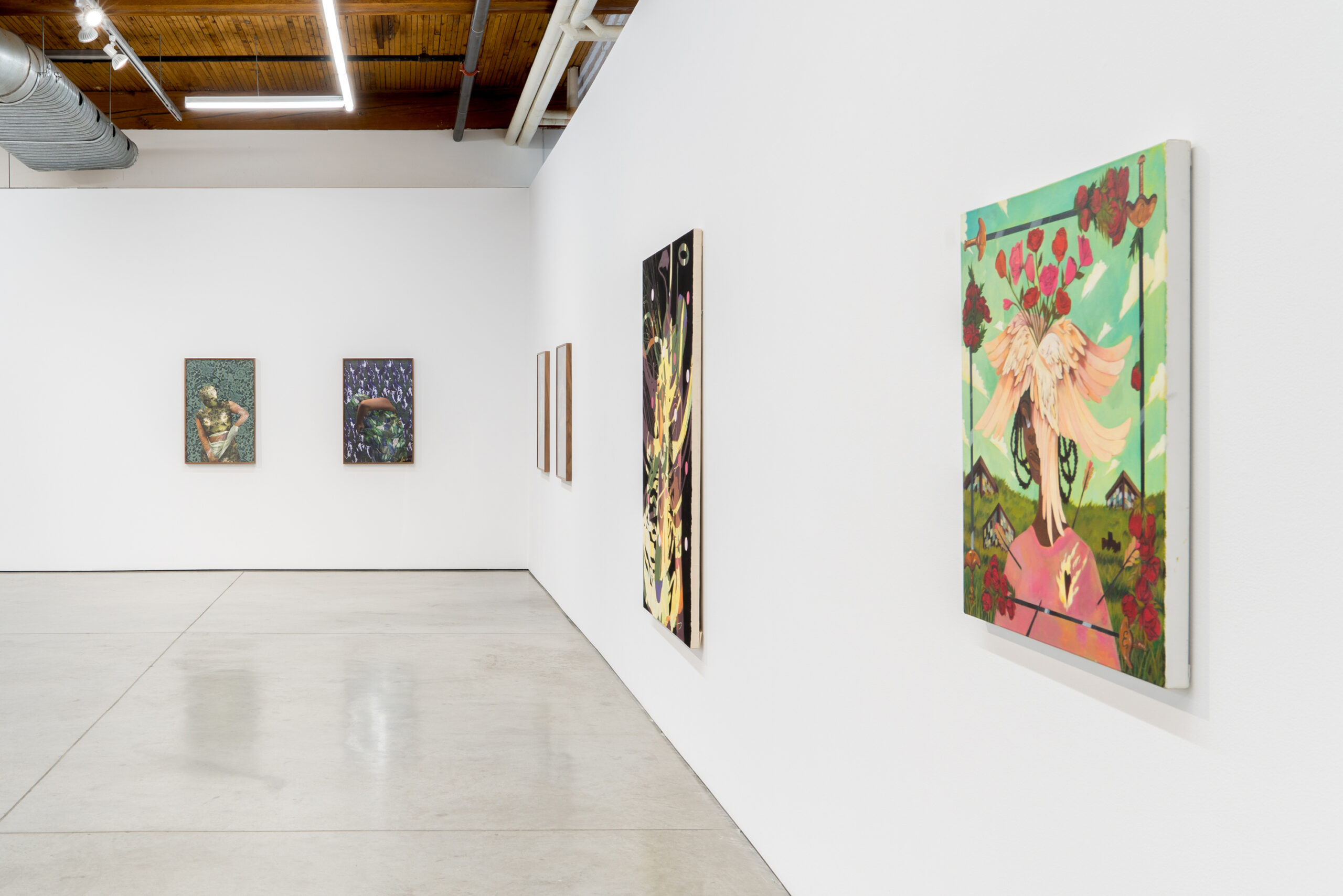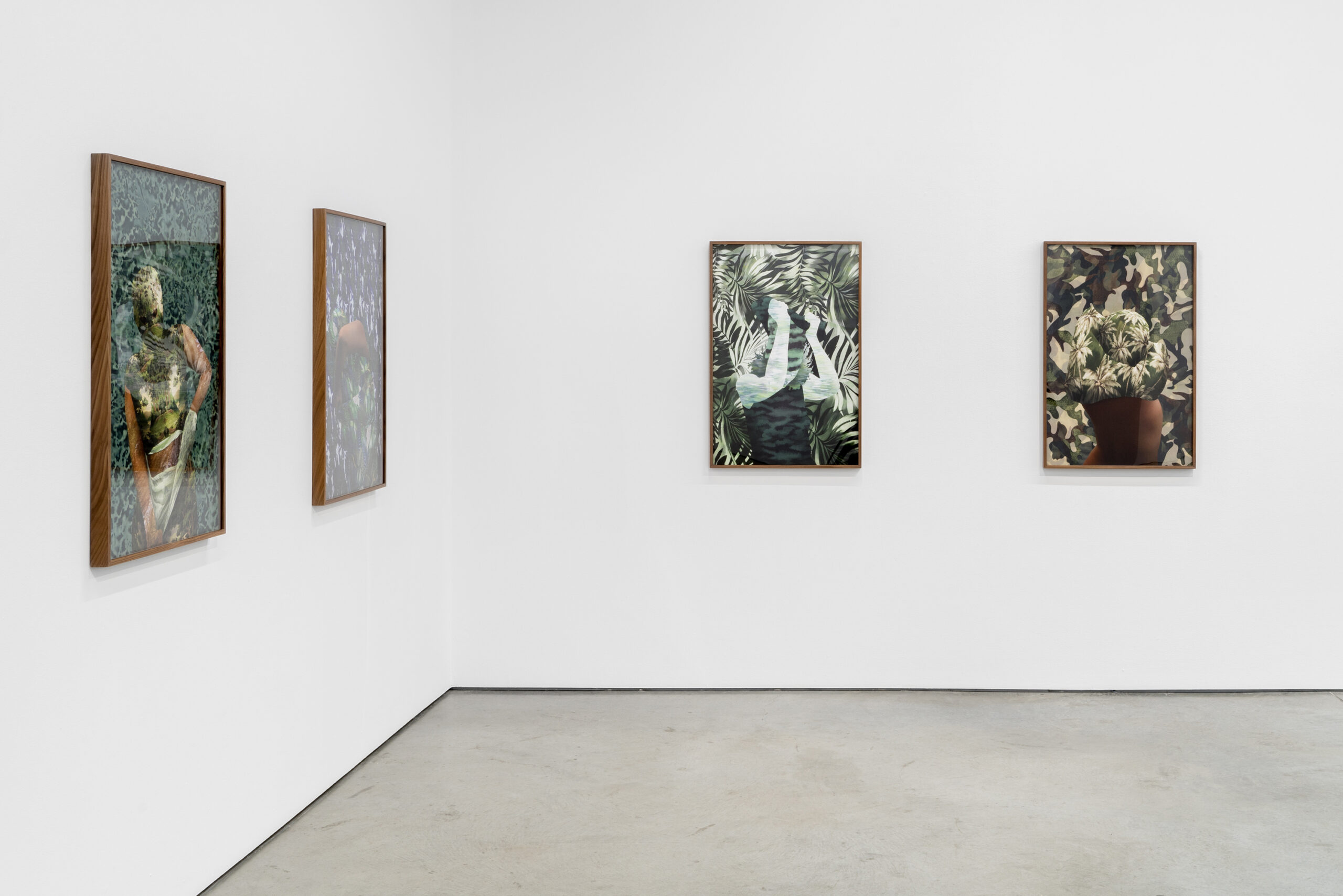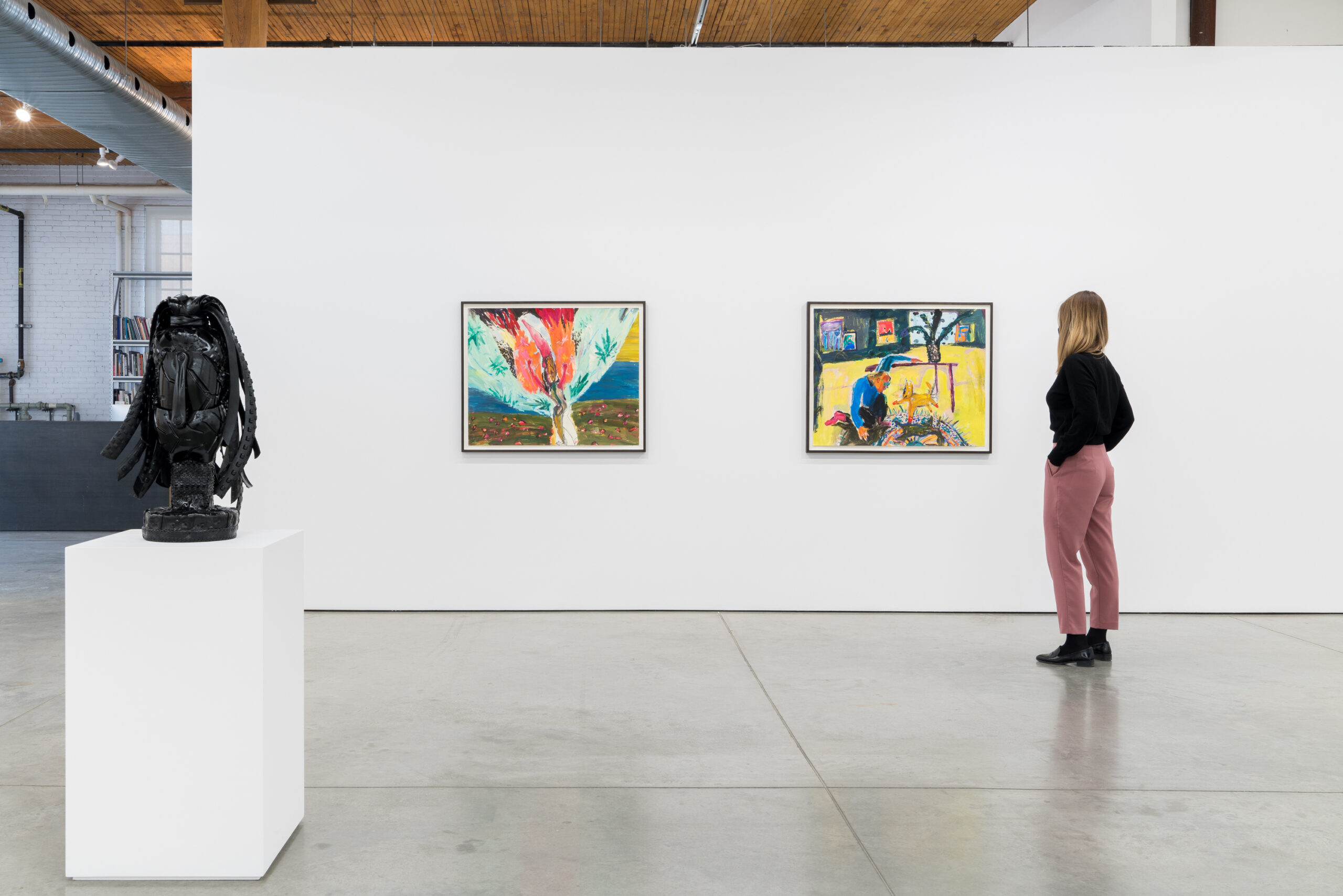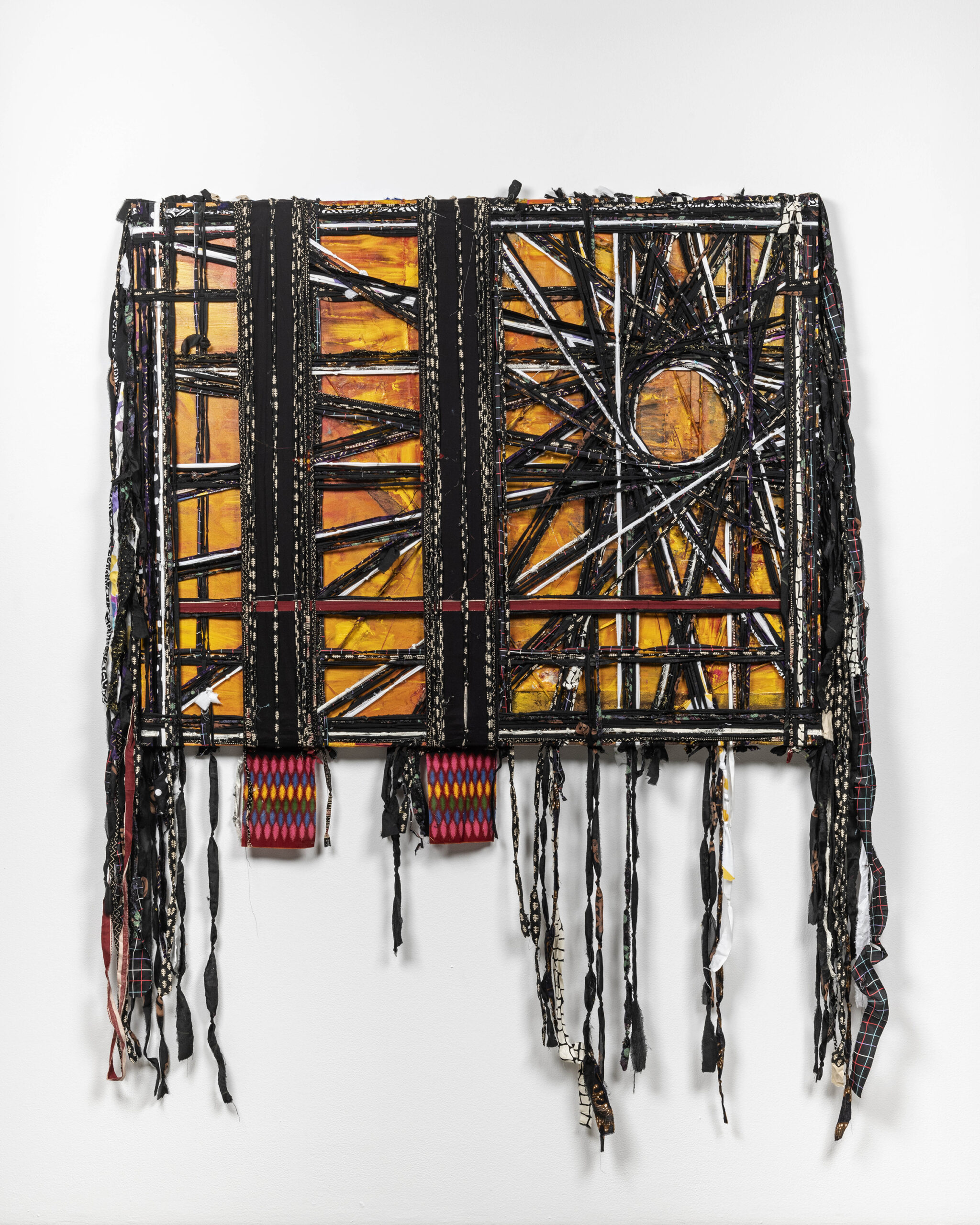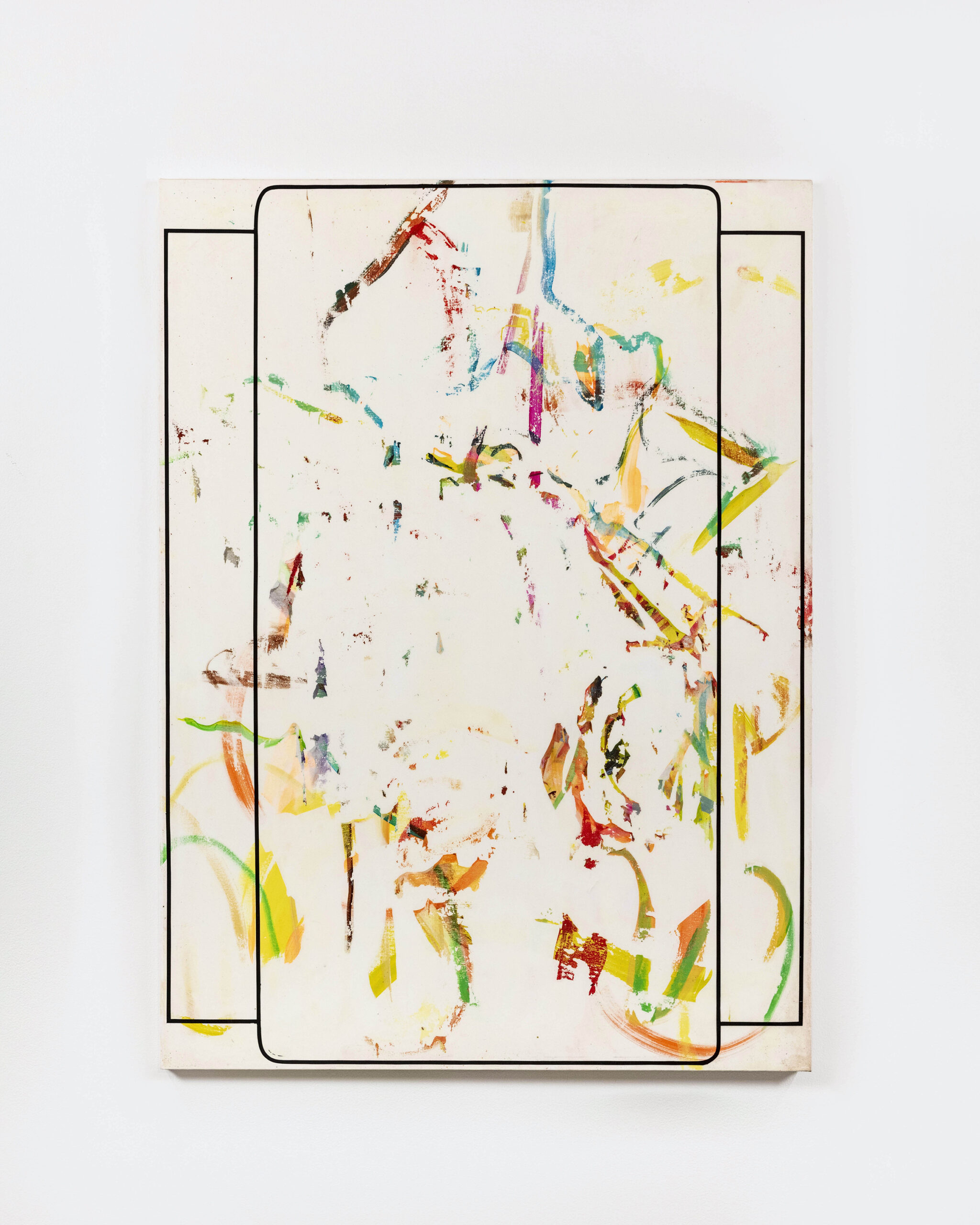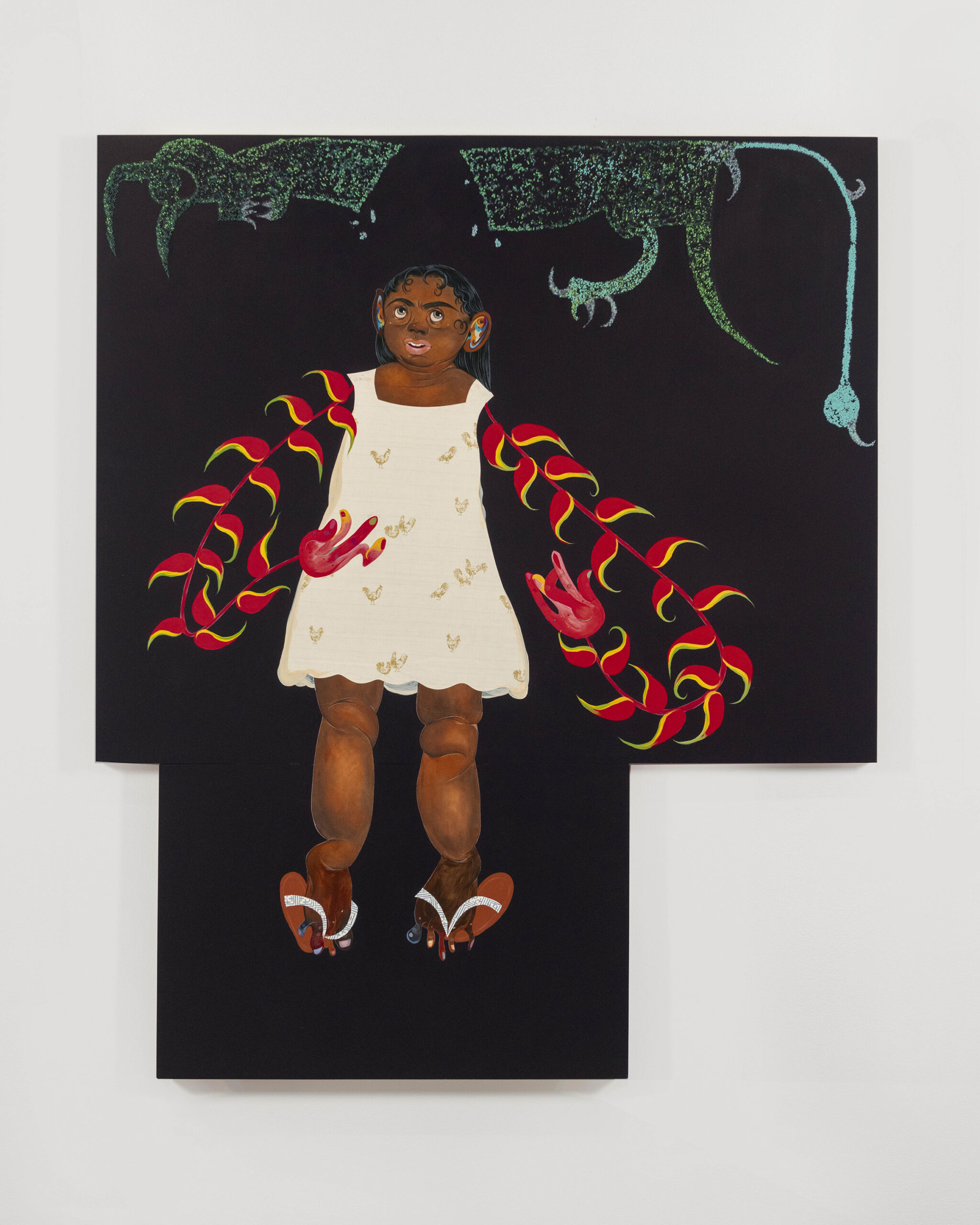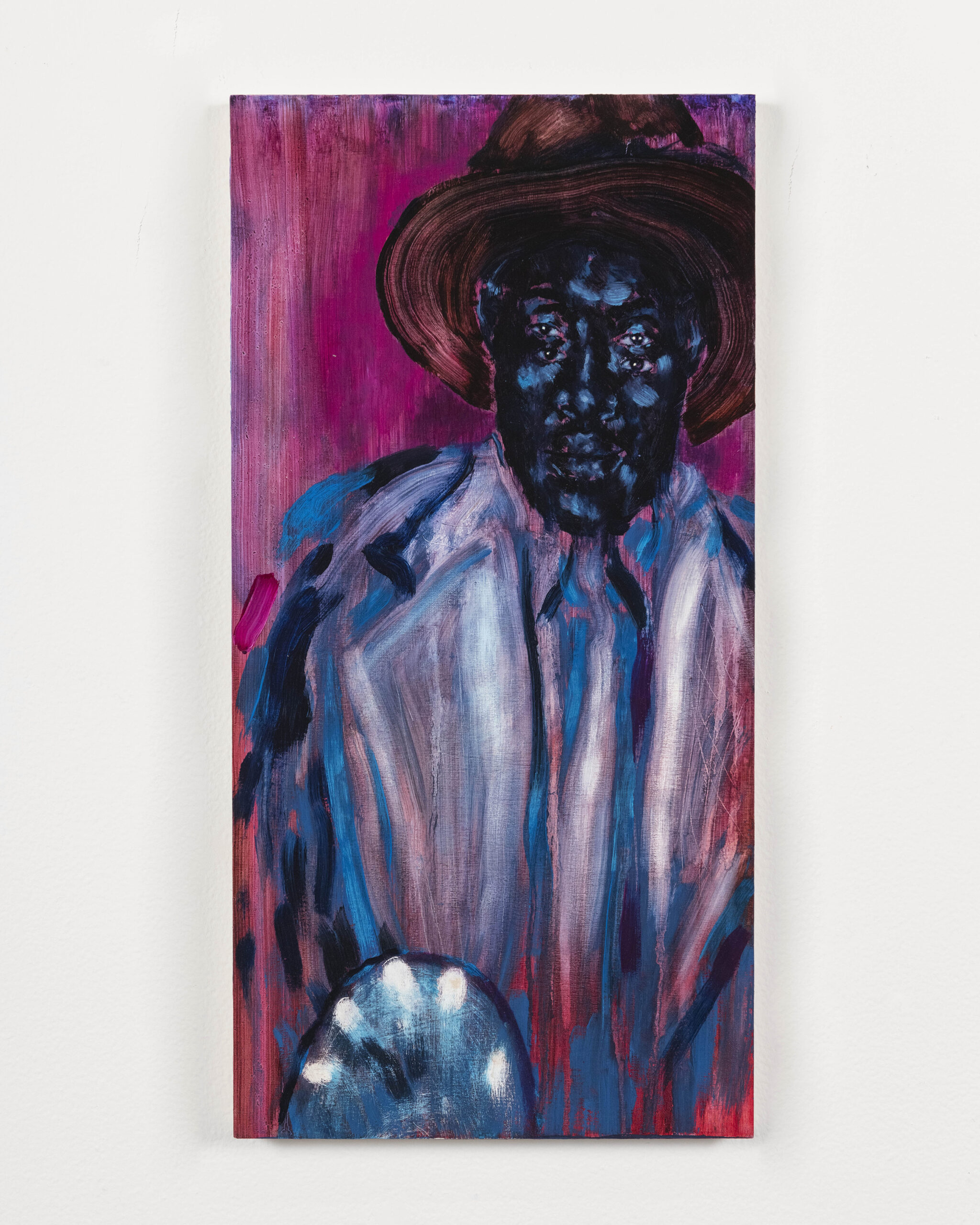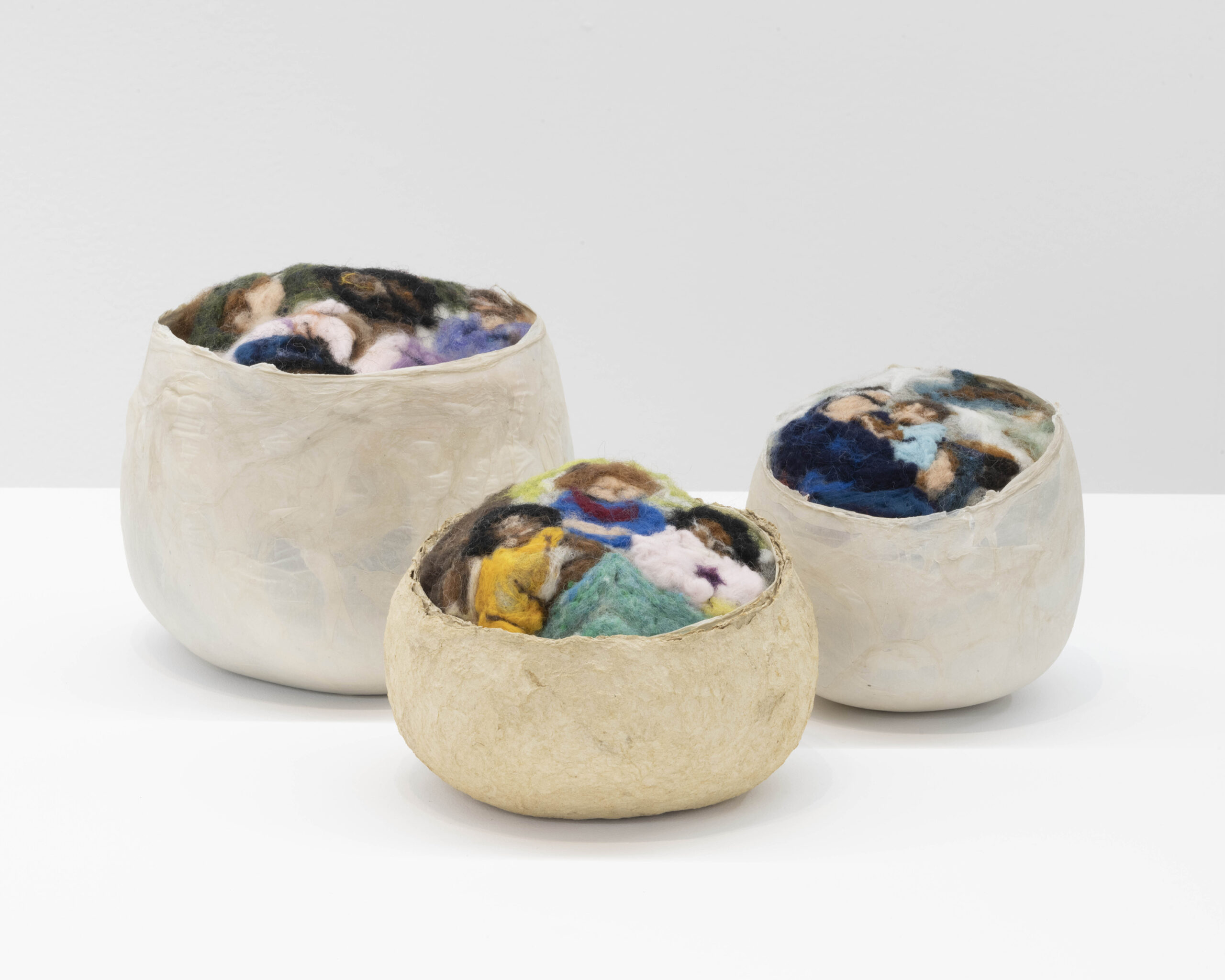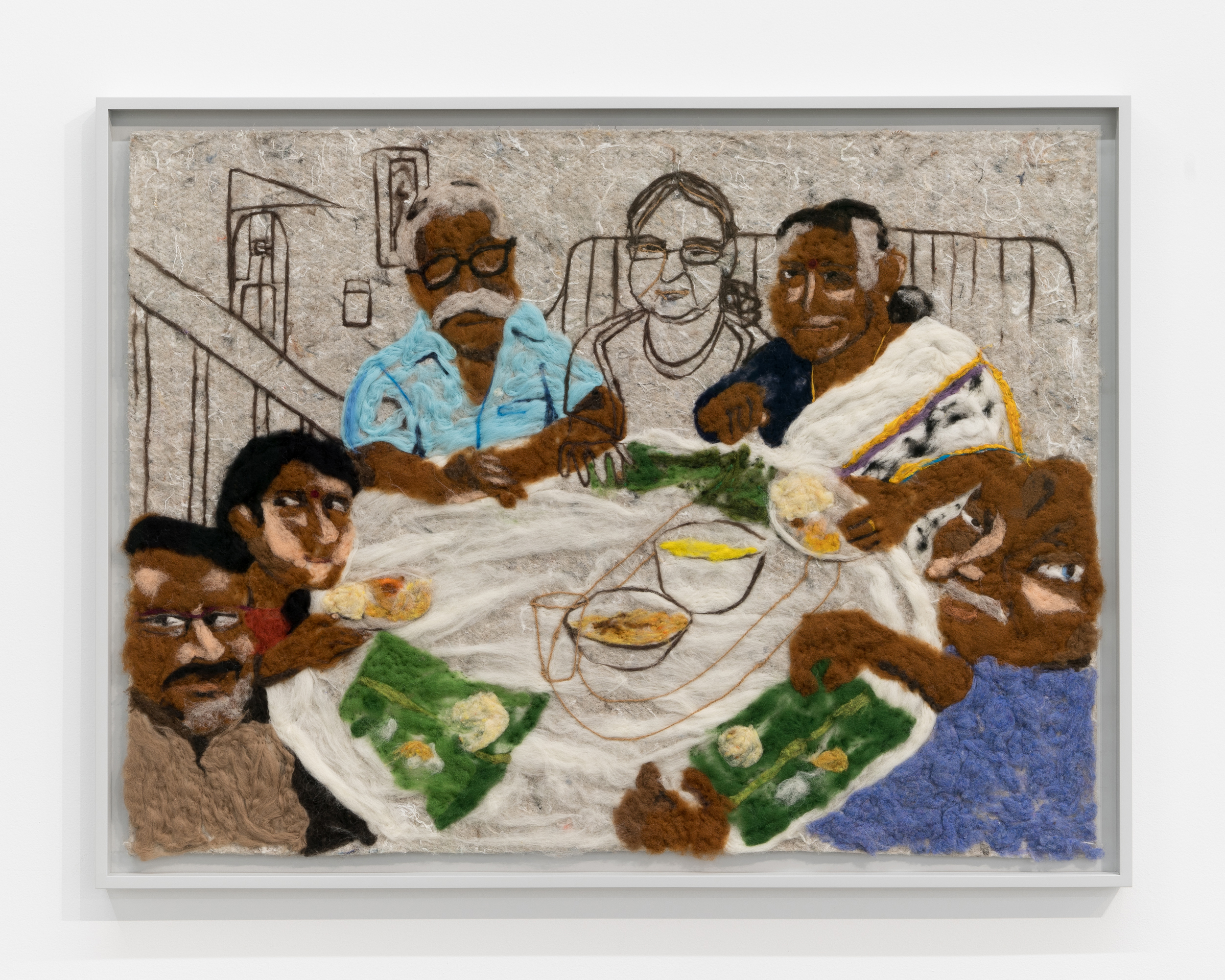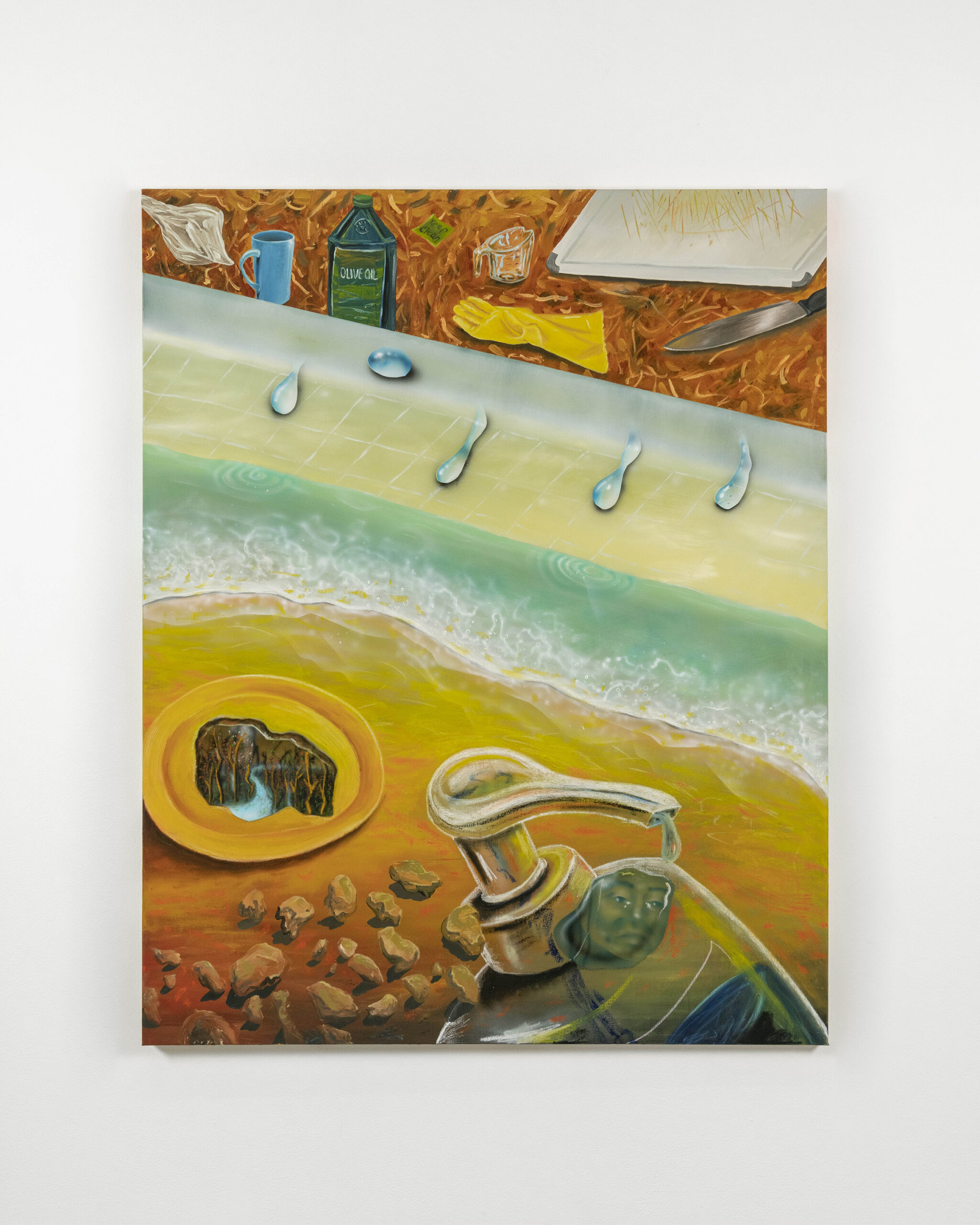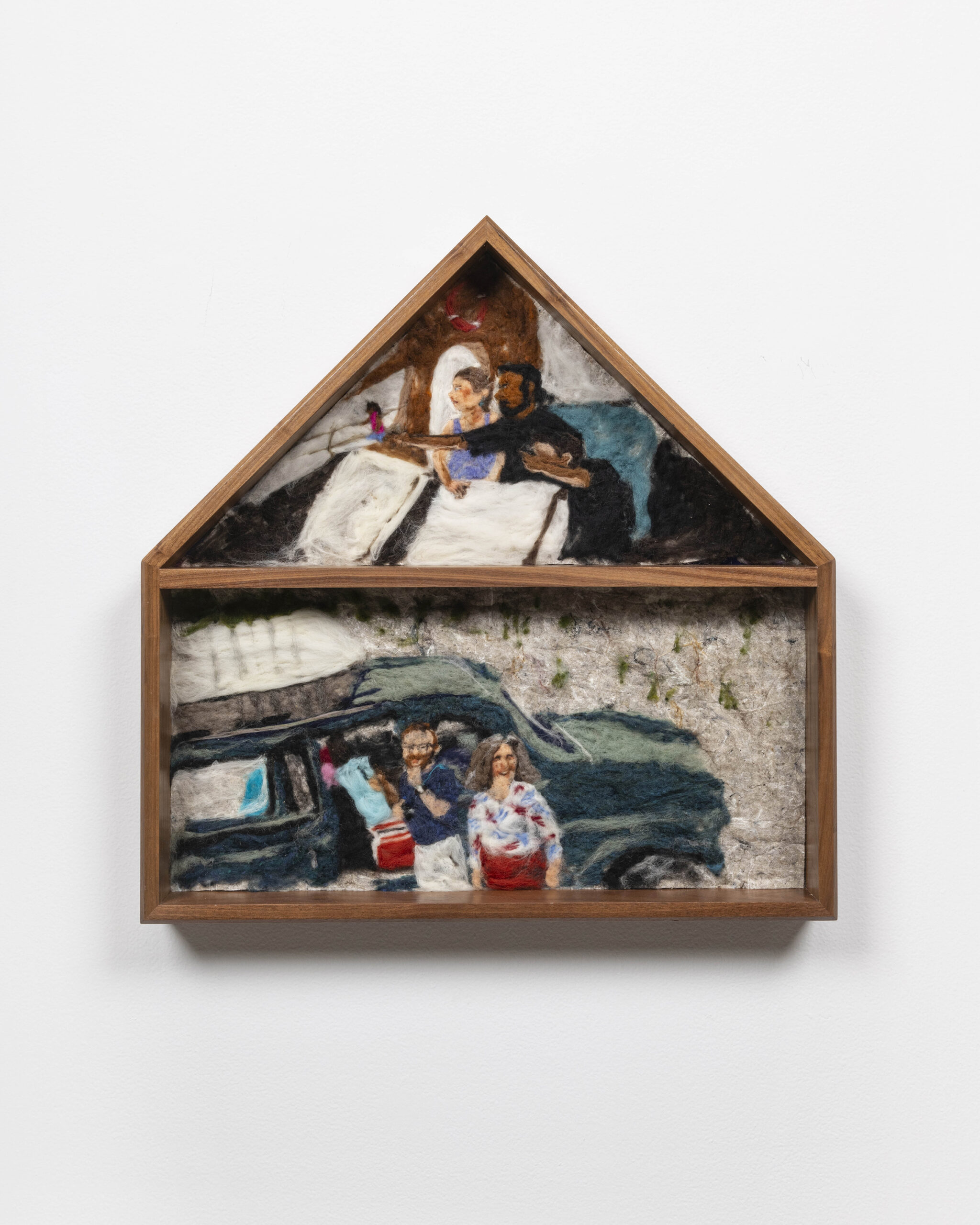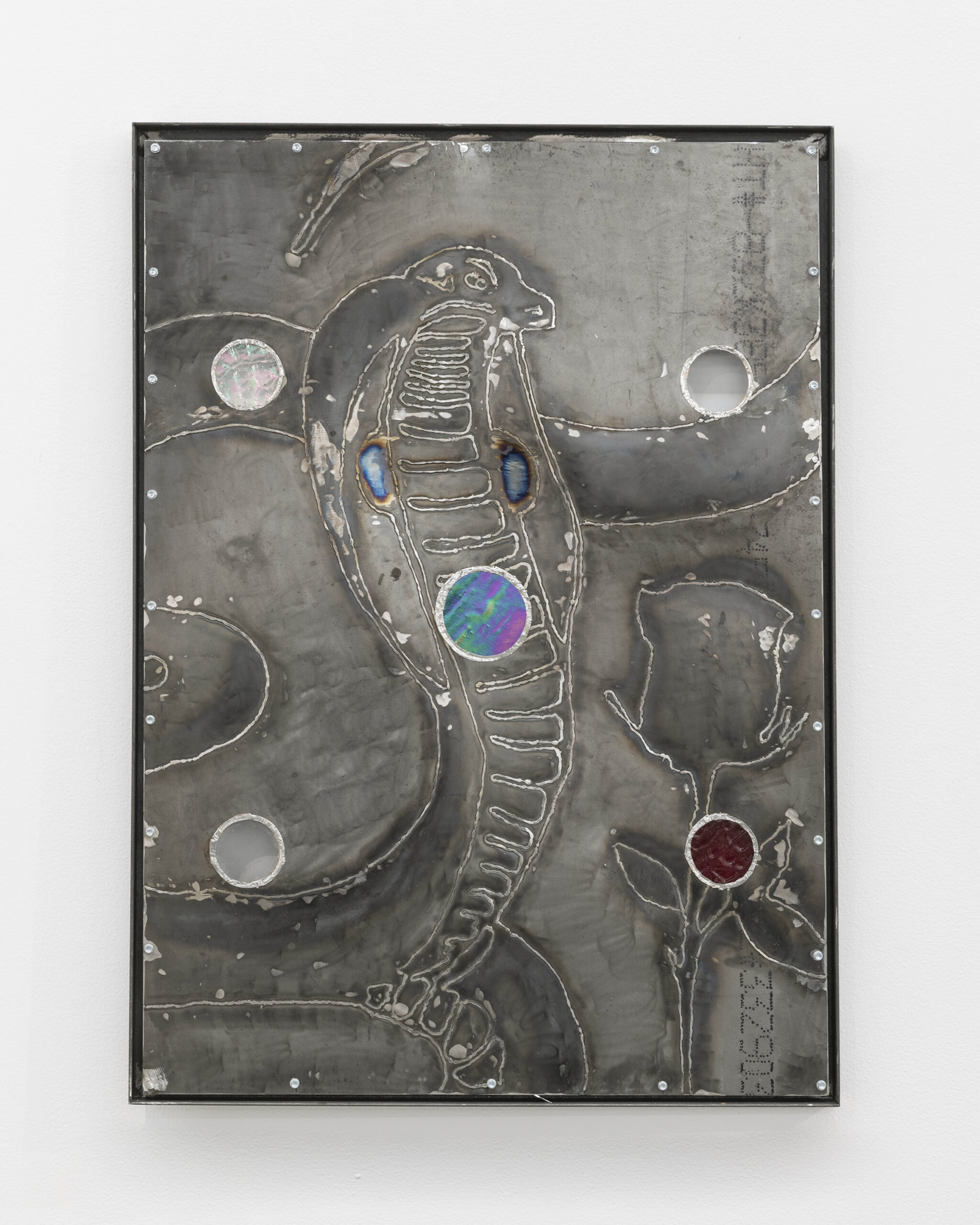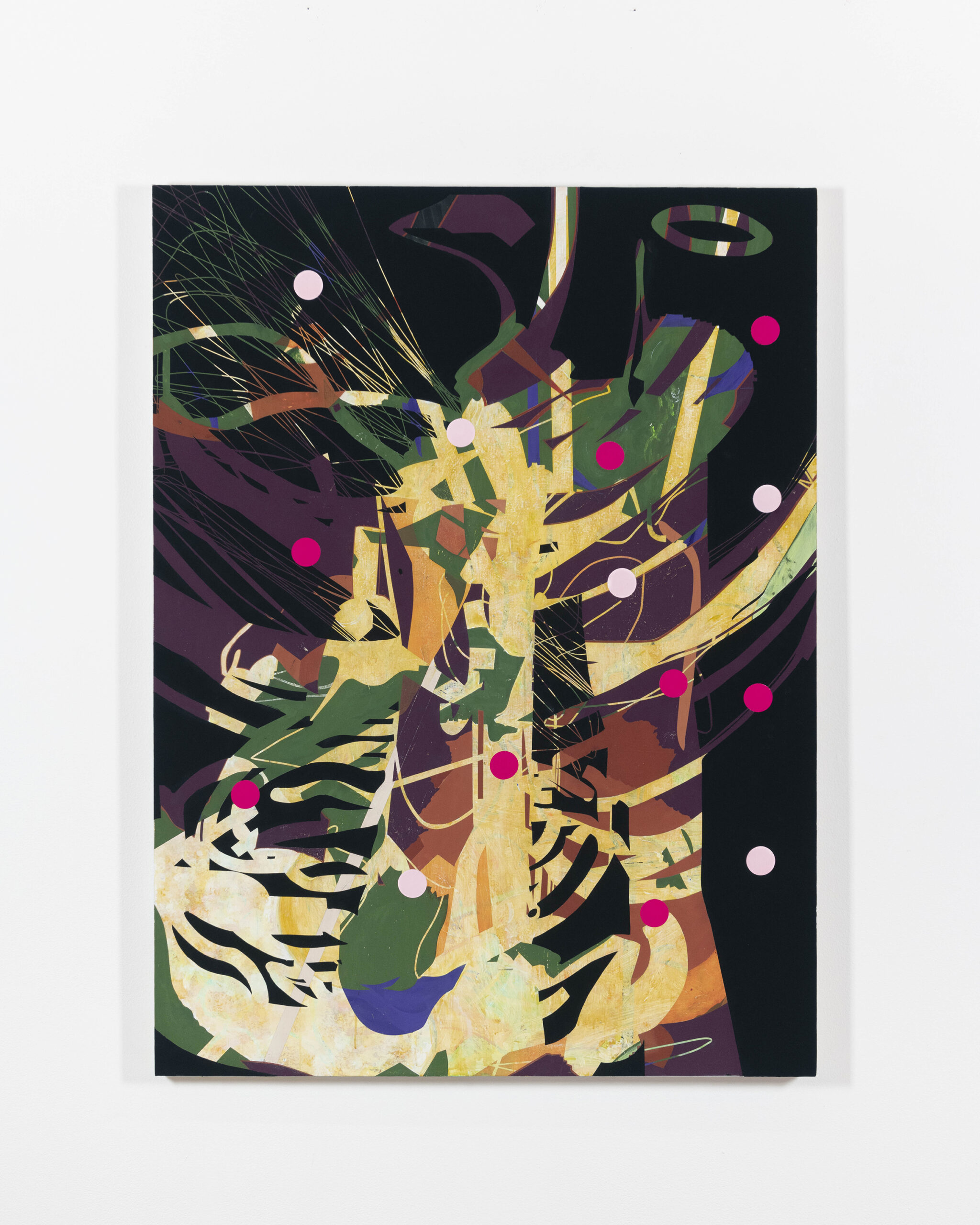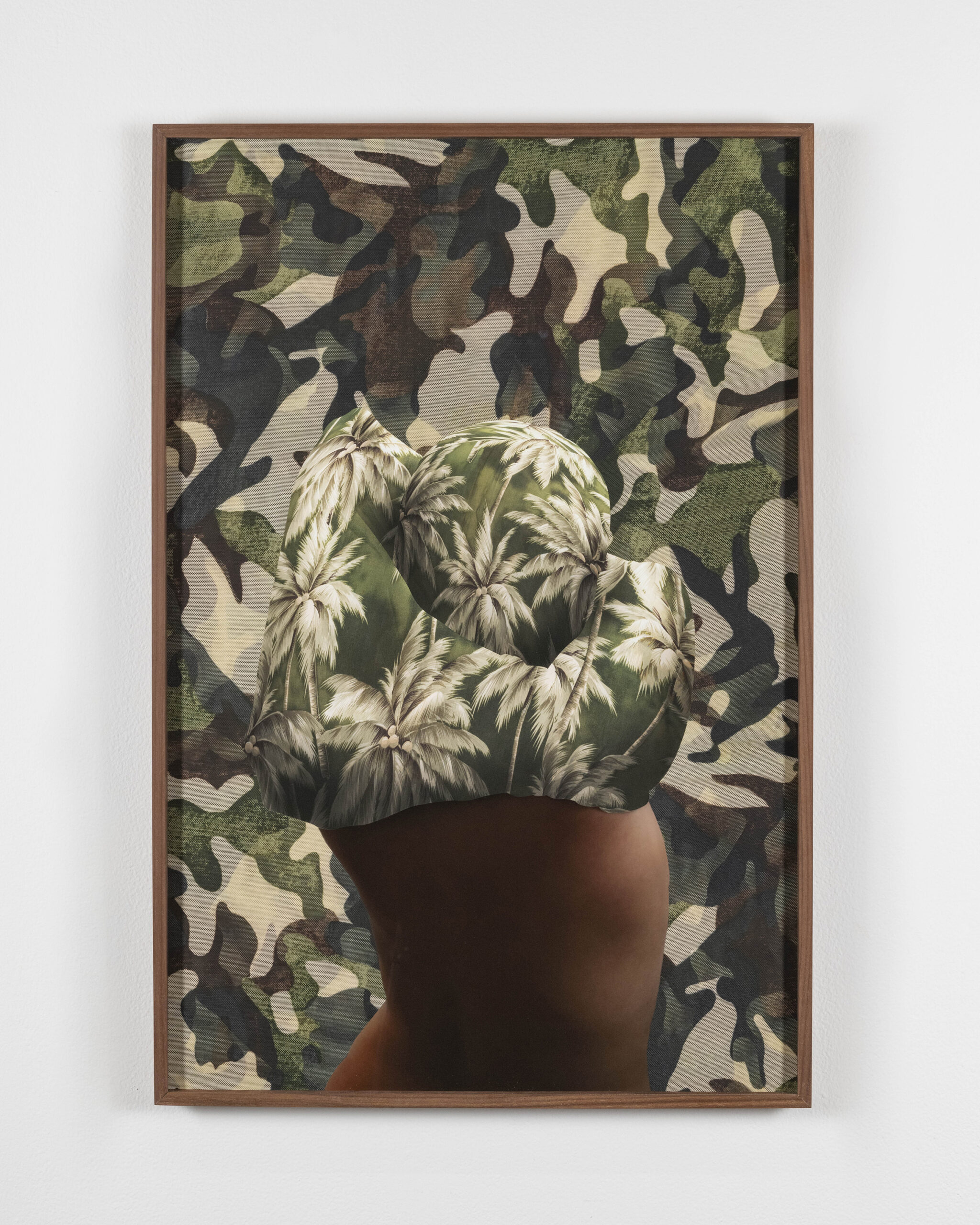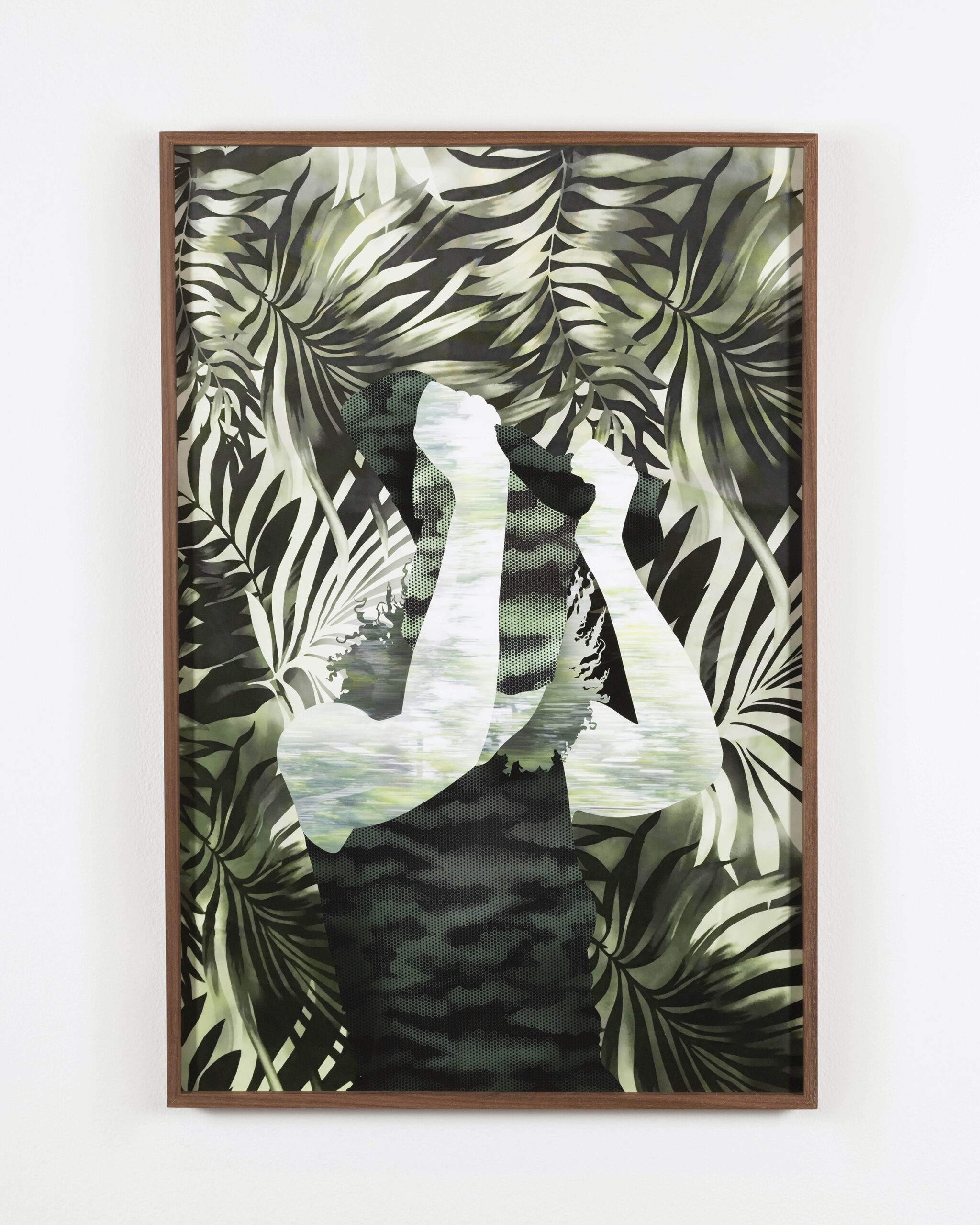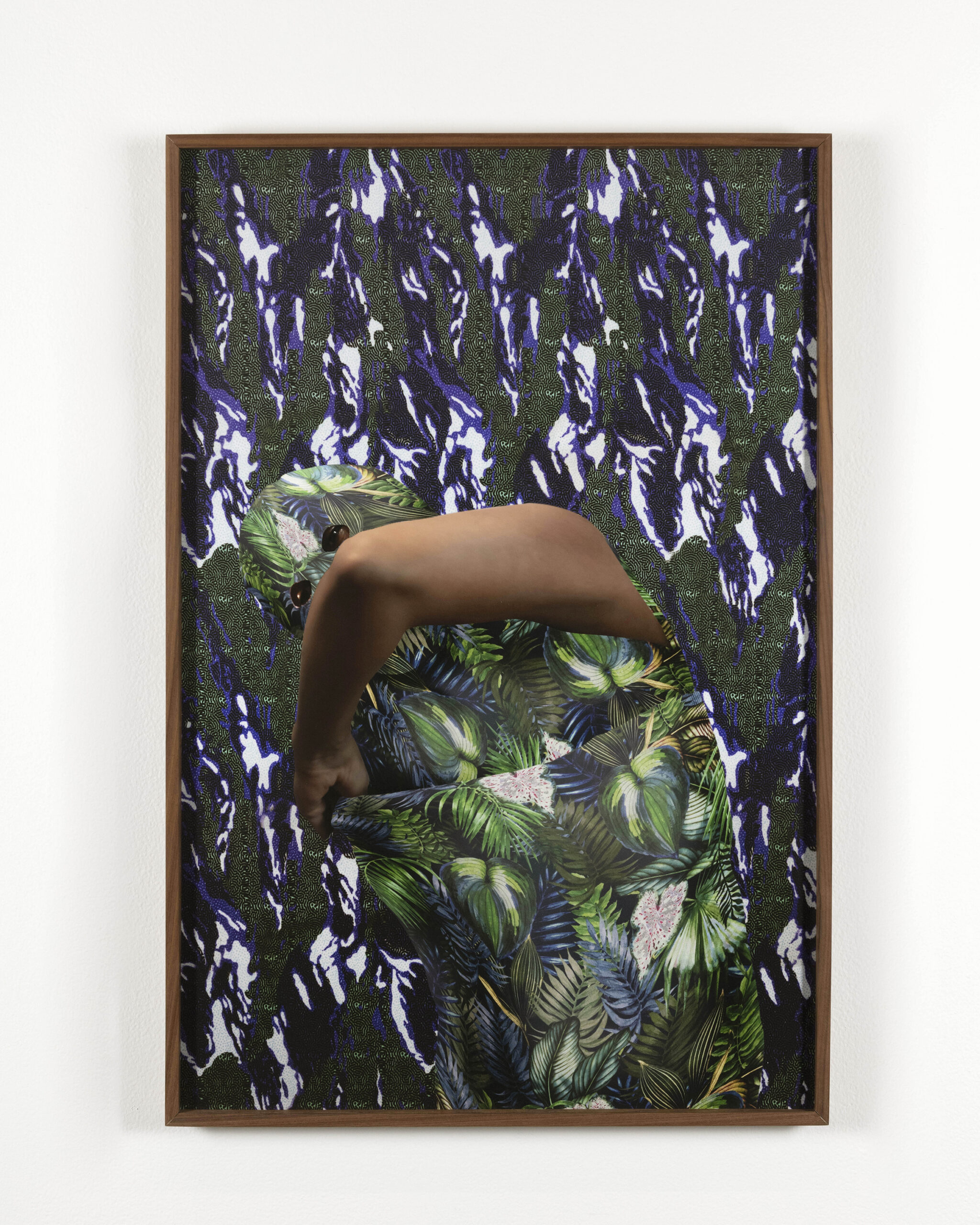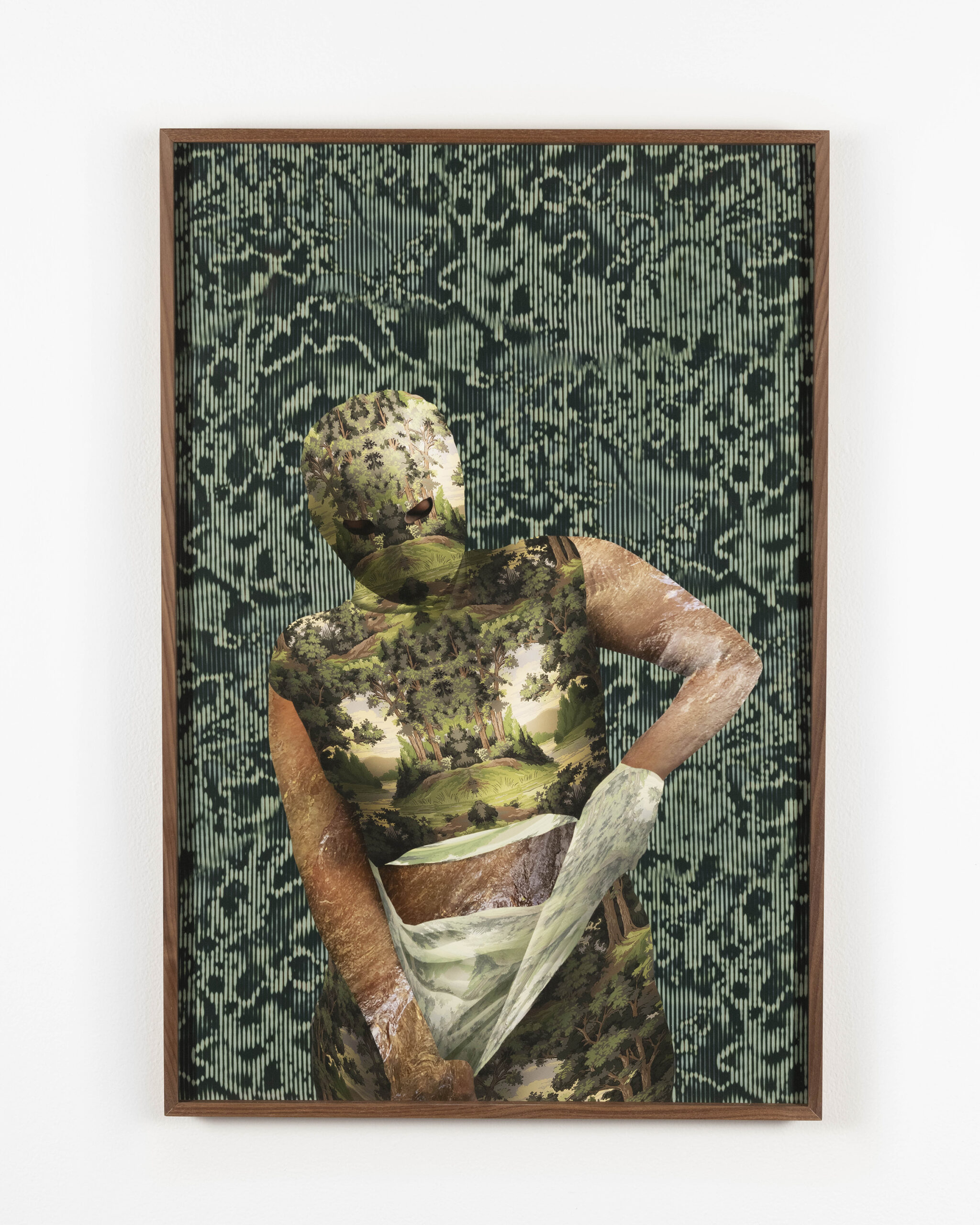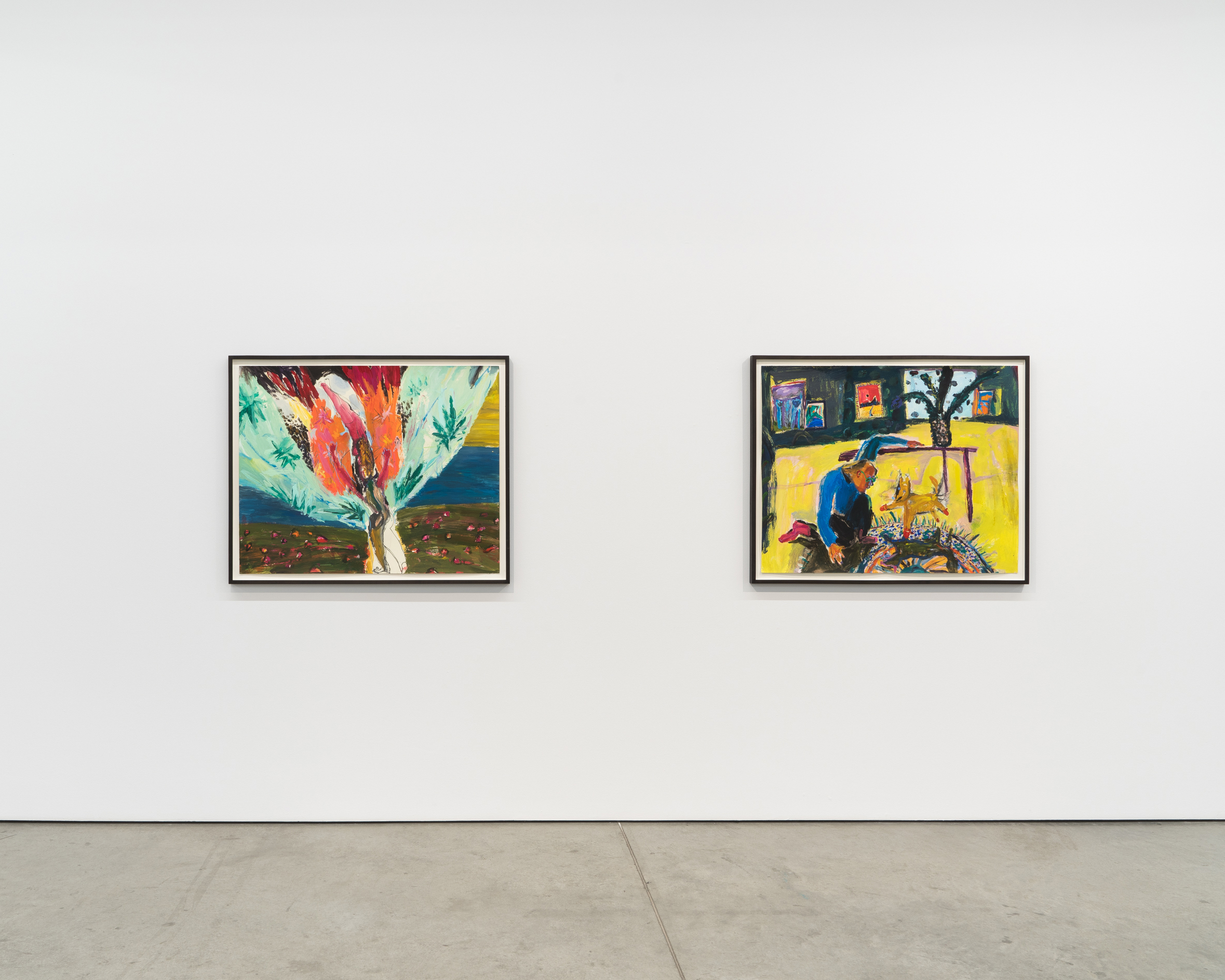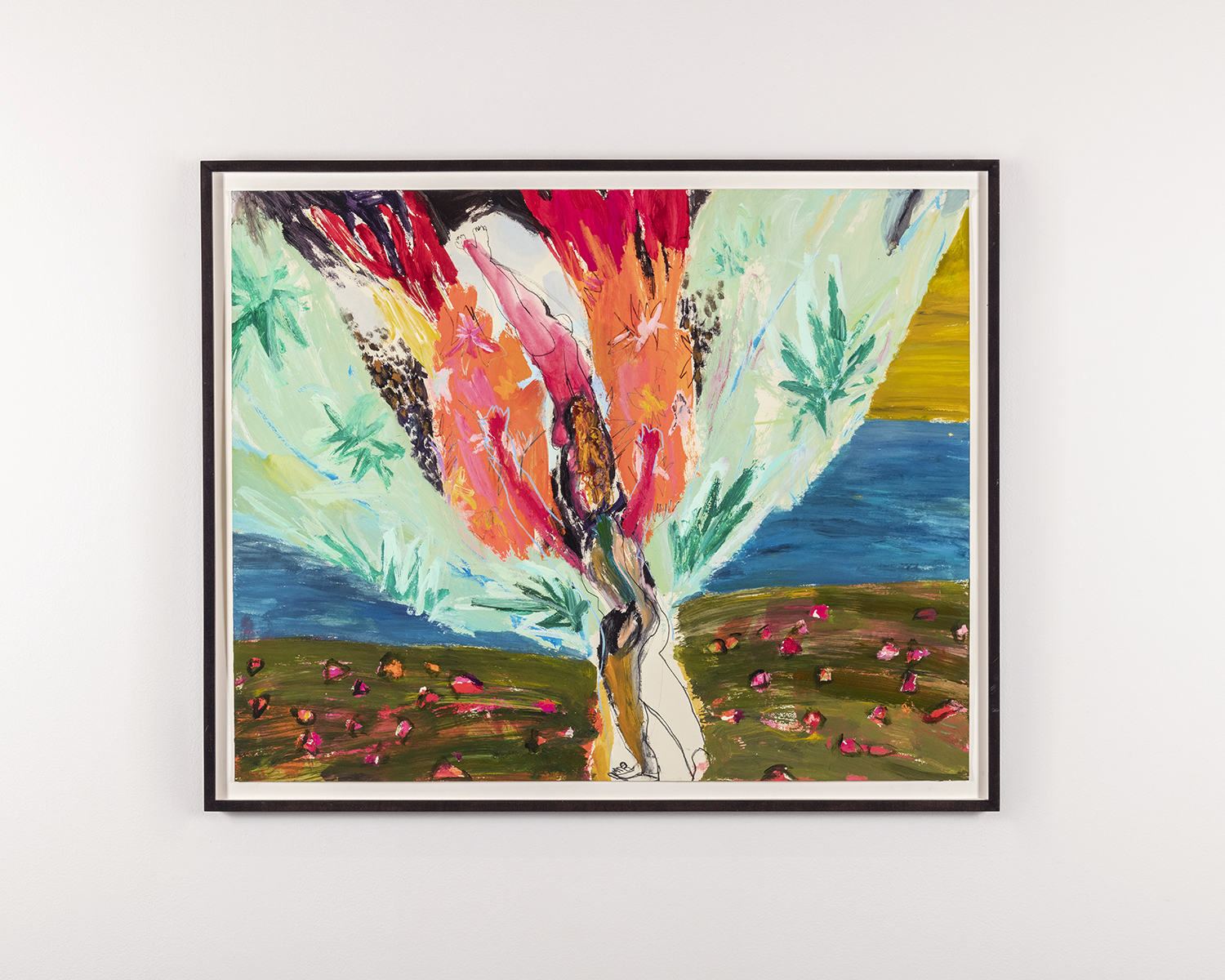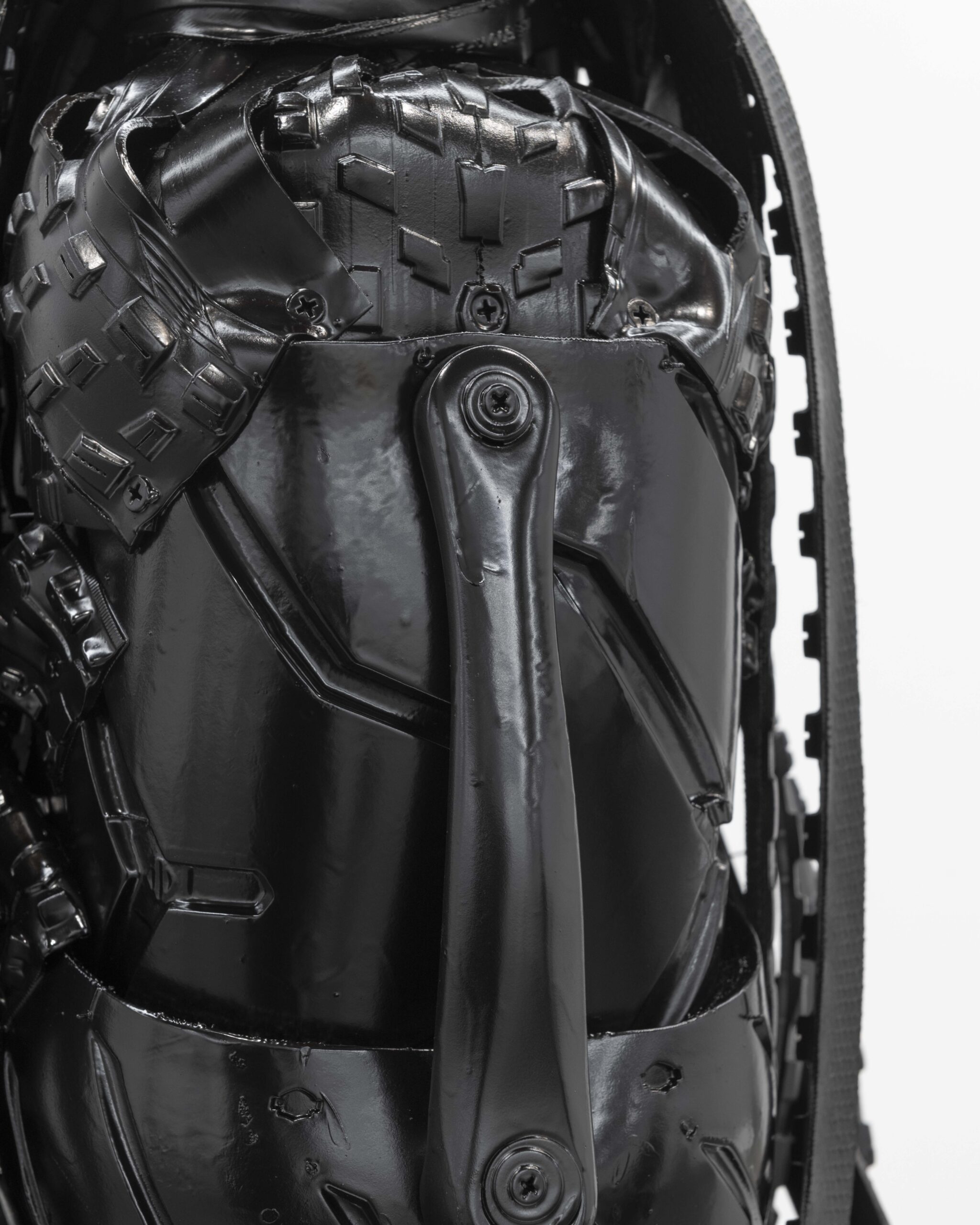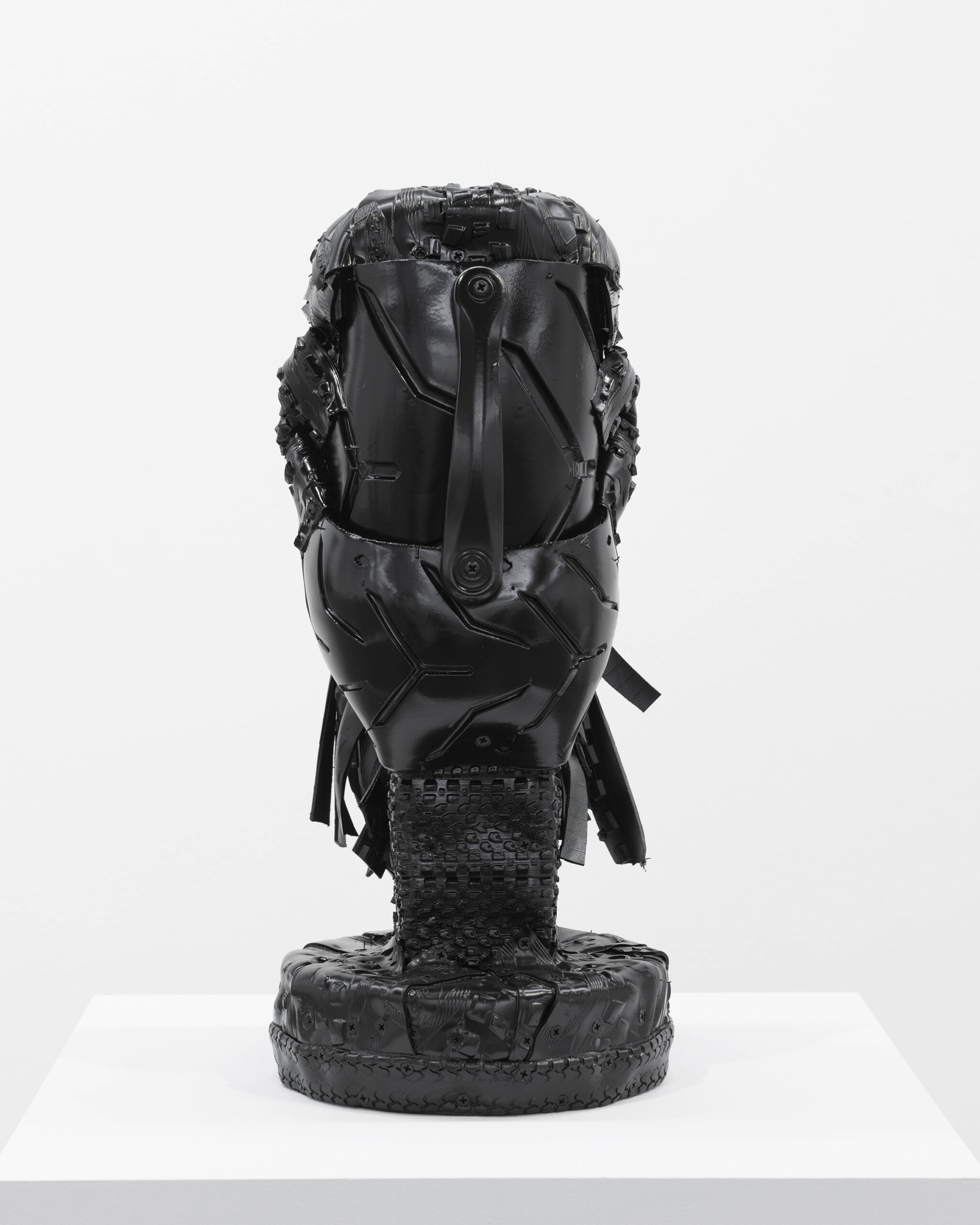Last Call
Curator: Danny Báez
March 16th – April 16th 2022
March 16 to April 16, 2022
Obi Emmanuel Agwam
Dante Cannatella
Kim Dacres
Larissa De Jesús Negrón
Azza El Siddique
Melissa Joseph
Joiri Minaya
Preston Pavlis
Bony Ramirez
Ana Villagómez
Cyle Warner
Areum Yang
Bradley Ertaskiran is pleased to present Last Call, an exhibition curated by Danny Báez, which brings together the work of twelve artists: Obi Emmanuel Agwam, Dante Cannatella, Kim Dacres, Larissa De Jesús Negrón, Azza El Siddique, Melissa Joseph, Joiri Minaya, Preston Pavlis, Bony Ramirez, Ana Villagómez, Cyle Warner, and Areum Yang.
Throughout his artistic projects, New York-based curator Danny Báez has spent years cultivating a community of emerging artists. In many ways, Last Call reflects Báez’s unique mandate as a facilitator rather than influencer or gate-keeper of art: that art networks should be rooted in community rather than prestige, and exhibitions built on integrity and mutual support. This focus on collaboration is a radical one because it highlights what the traditionally exclusionary art world often forgets: that the art world is nothing without its artists and that the unseen networks of support between artists, art workers, and their work should be nurtured and celebrated.
For this exhibition, twelve artists answered Báez’s metaphorical call, offering artworks that are deeply textured, storied, and critical of tradition. In some works, portraiture is revisited through the lens of personal identity. Bony Ramirez’s highly-stylized paintings are treasure troves of personal, religious, and everyday symbols from his Dominican upbringing. Obi Emmanuel Agwam’s portrait is a whirl of dynamic imagery, offering humour, joy, and pride. So too, Preston Pavlis depicts vulnerable and emotional figures through gestural and moody paint strokes. Joiri Minaya’s photographic collages both conceal and merge figures with their decorative, camouflaged backdrops.
In other paintings, reactive abstract scenes offer glimpses into the artists’ inner and outer worlds. Dante Cannatella’s painting is a landscape in flux, as blurry figures seem pulled by the whims of a powerful force. Raw, painterly gestures comprise Areyum Yang’s lively scenes, full of colour, repetitive marks, and emotion. Ana Villagómez’s paintings reveal her process; many layers of paint fragments are scrubbed and erased into a coexisting whole. Surreal and expressive, Larissa De Jesús Negrón’s paintings show hazy scenes of distorted figures, skewed interiors, and objects, a dreamlike state that is both alluring and anxious.
In the exhibition’s sculptural works, history’s plasticity is reimagined through novel materials. Kim Dacres meticulously constructs commanding and regal portrait busts out of found rubber and tire. Cyle Warner’s large-scale textiles are assemblages from his family archive; found fabric, paint, and paper woven into vibrant, layered flags of sorts. Azza El Sidique experiments with metal and rust, reimagining the capabilities of a material typically assigned to noble bronze monuments or iron edifices. Melissa Joseph’s detailed felted sculptures show nostalgic and everyday scenes of togetherness, materializing people and place.
“Last Call!”—the final announcement made at the end of an evening before the bar closes. Báez invites us to see this moment not as an end, but as a reminder to look around, and see who stuck beside us in the final hours. Last Call offers a glimpse into Báez’s art ecosystem, because in the art world as much as in our every day, community and connection matter.
